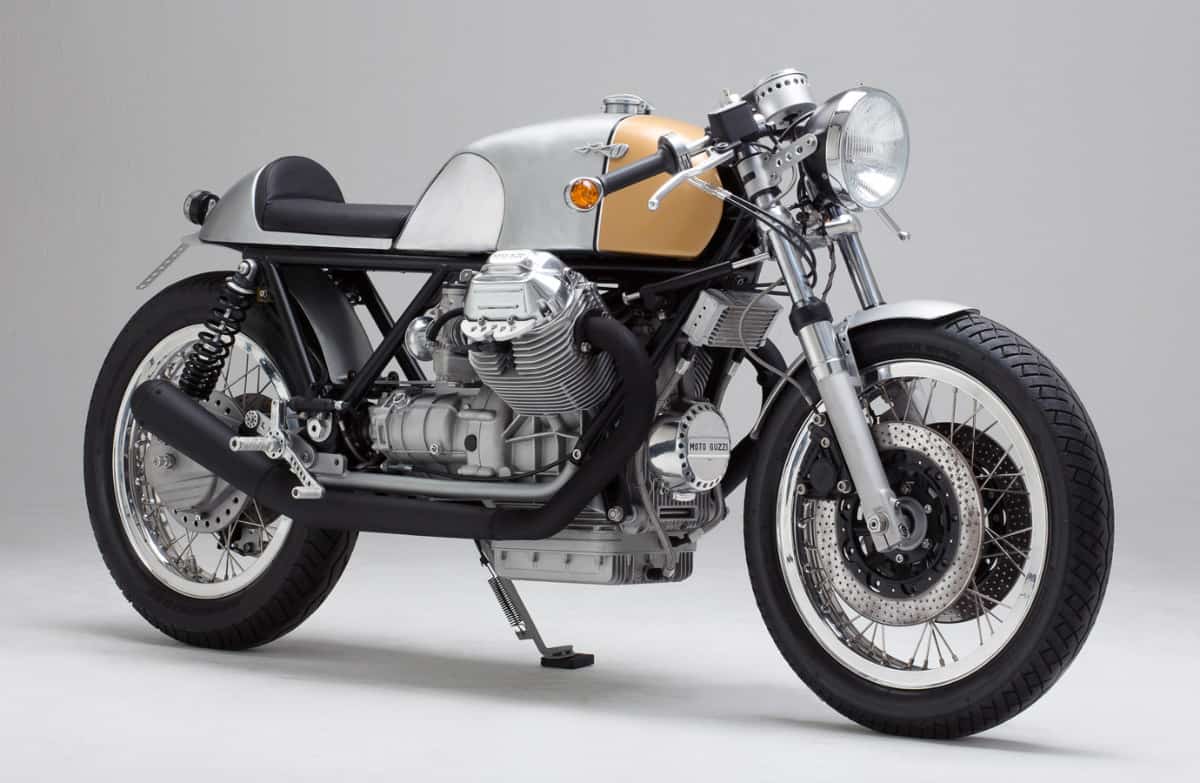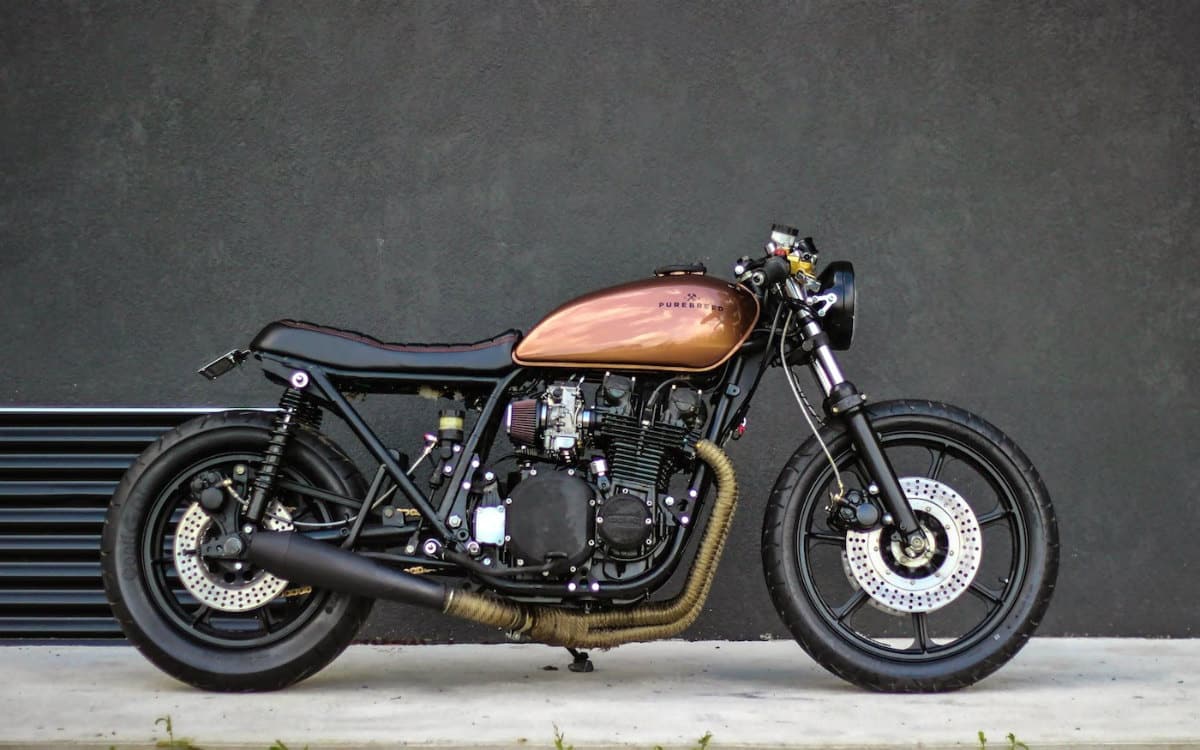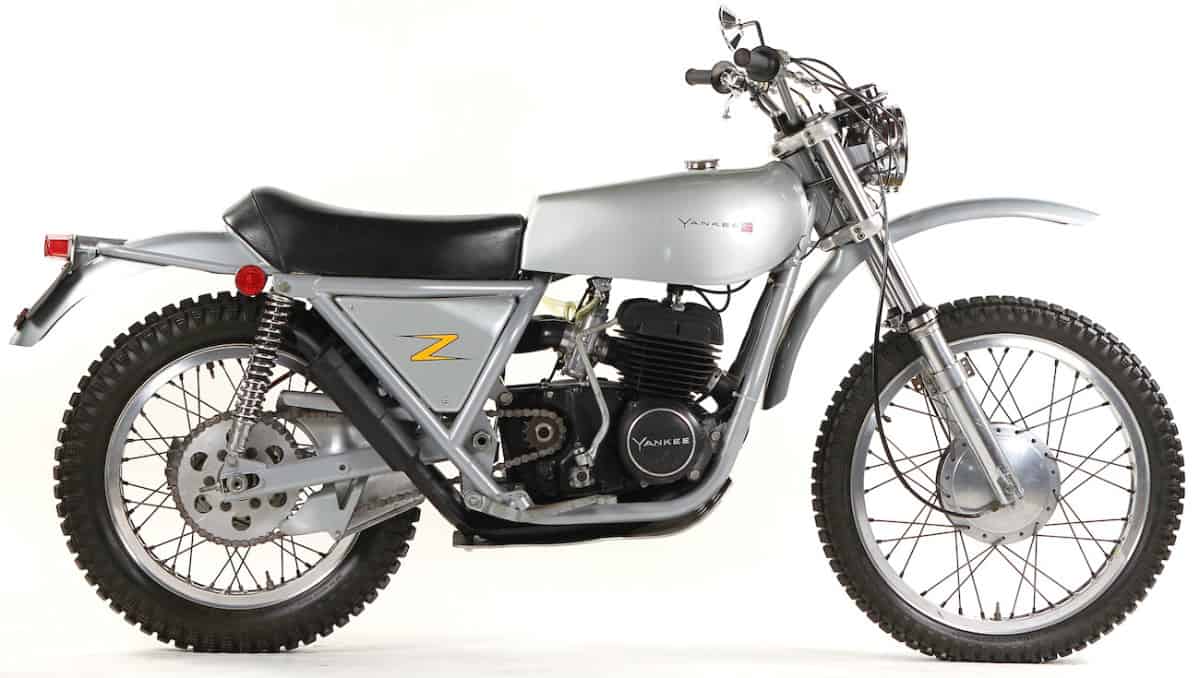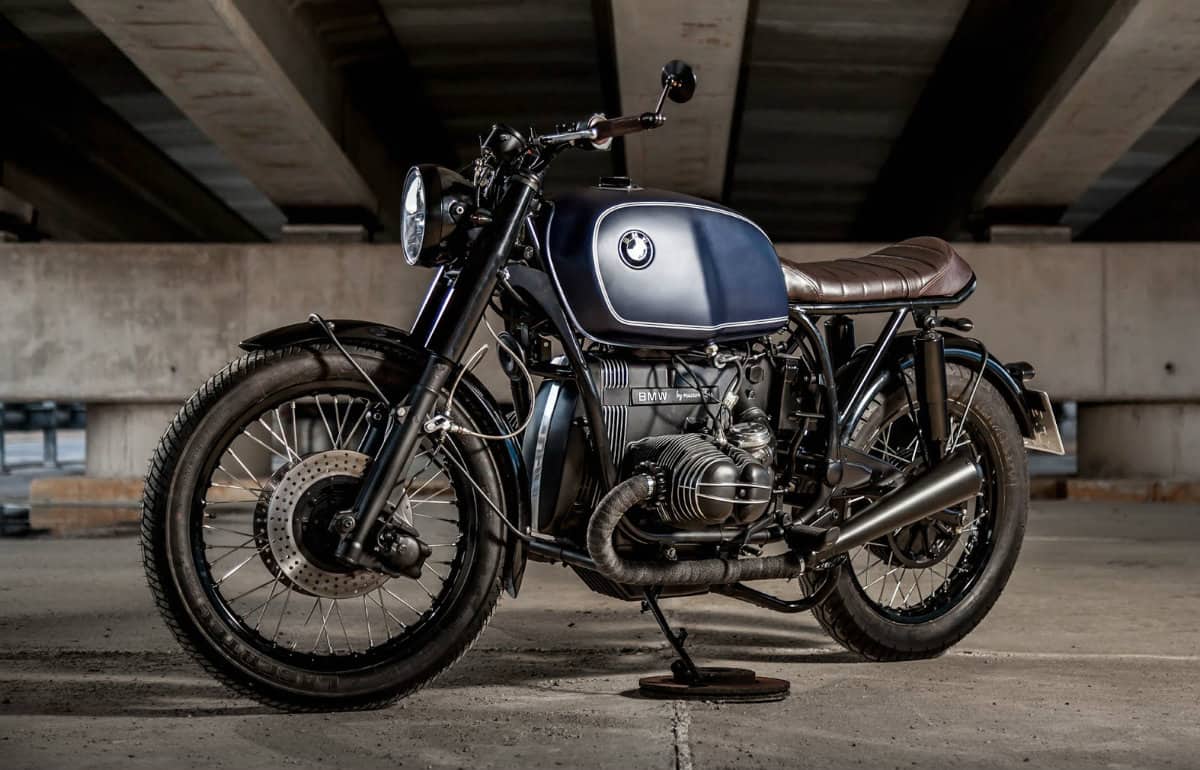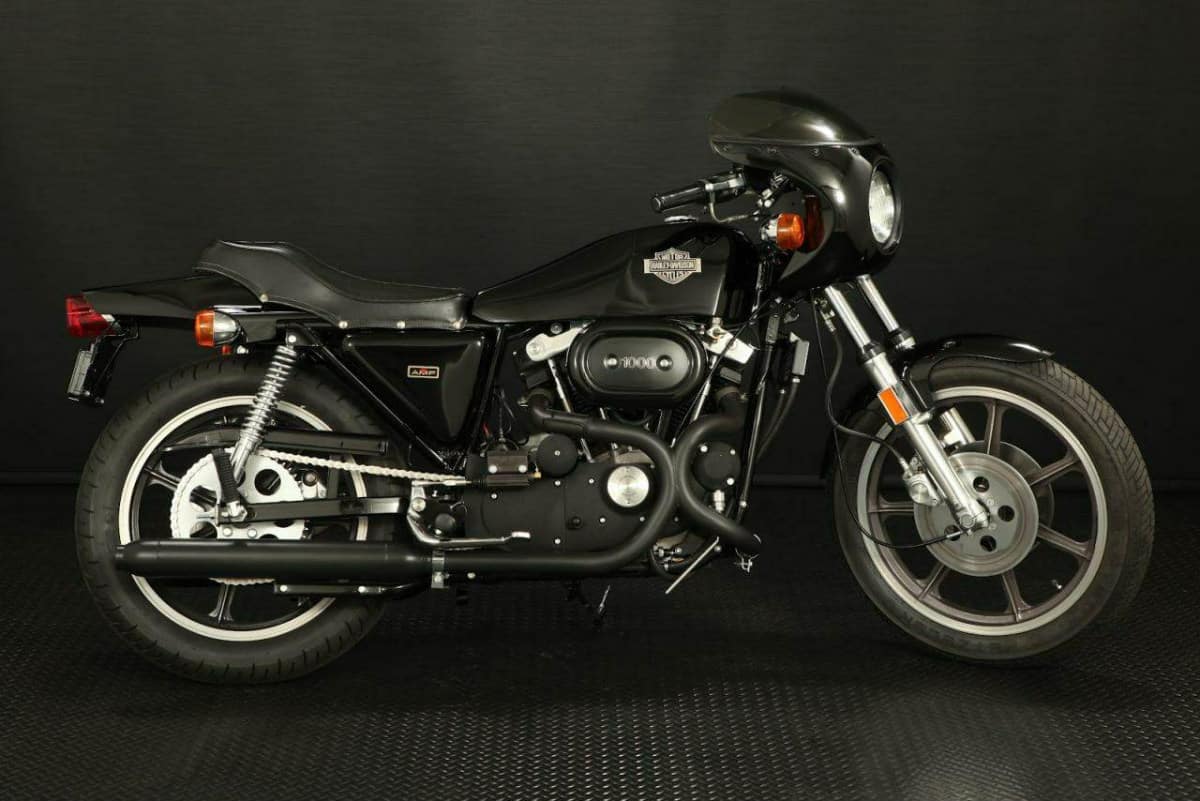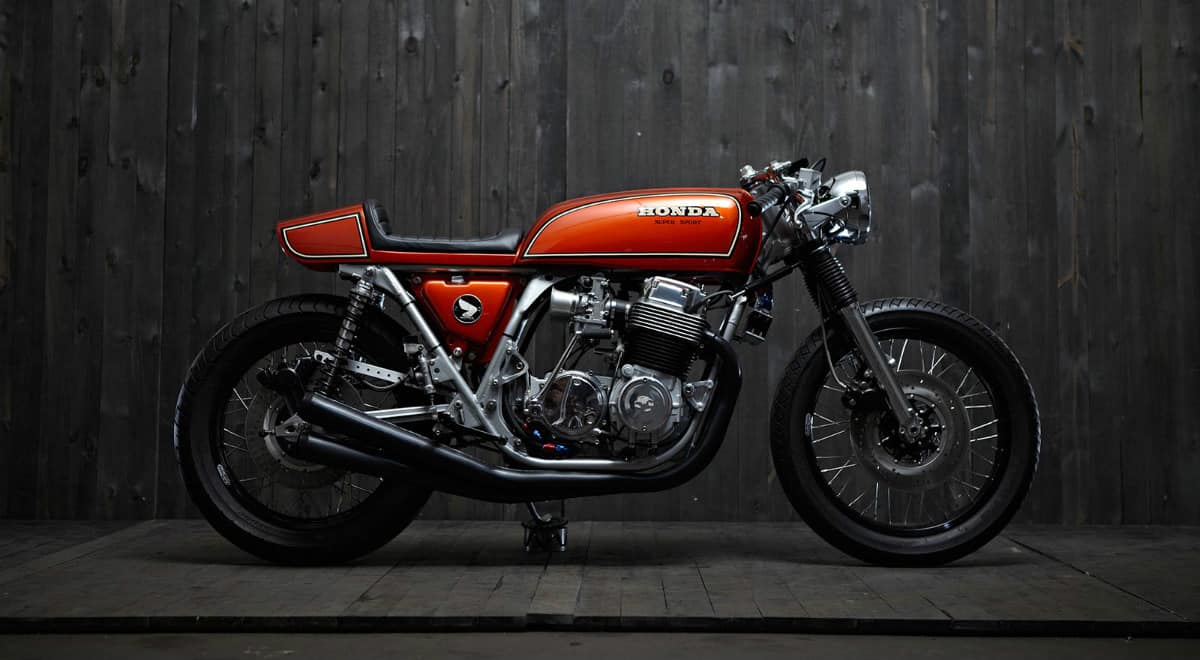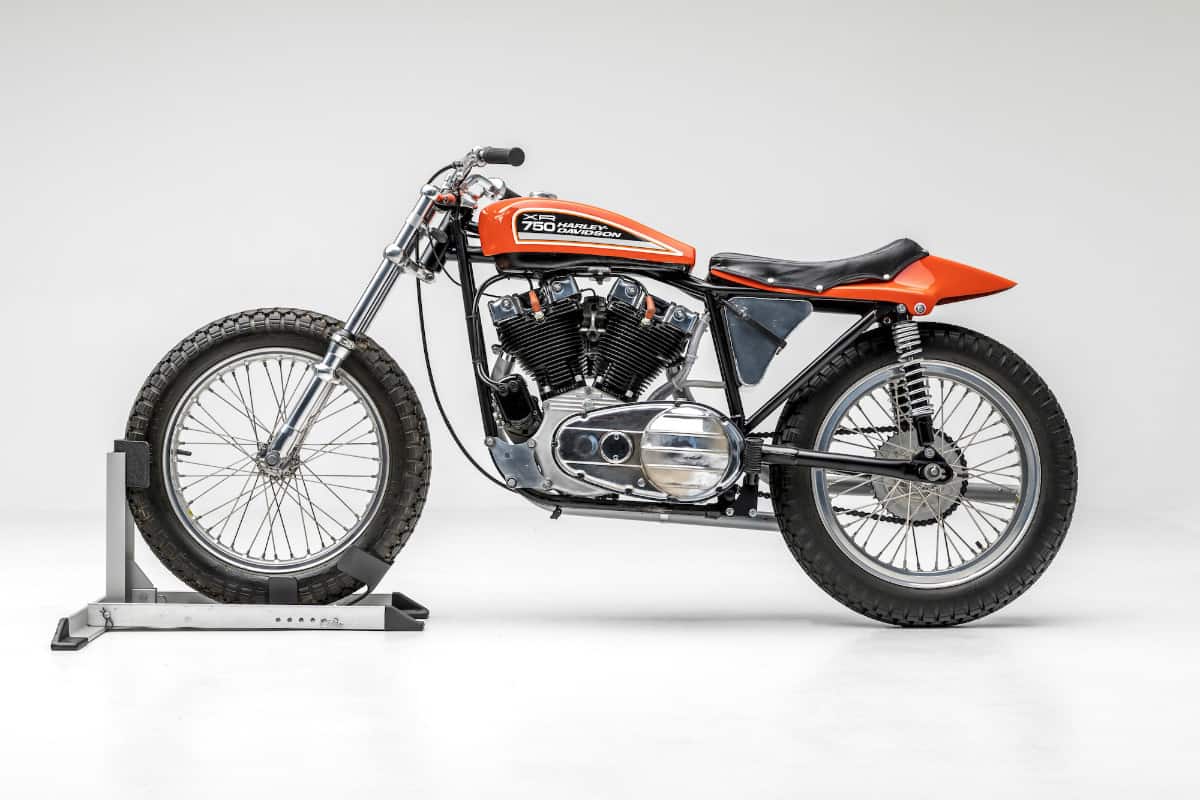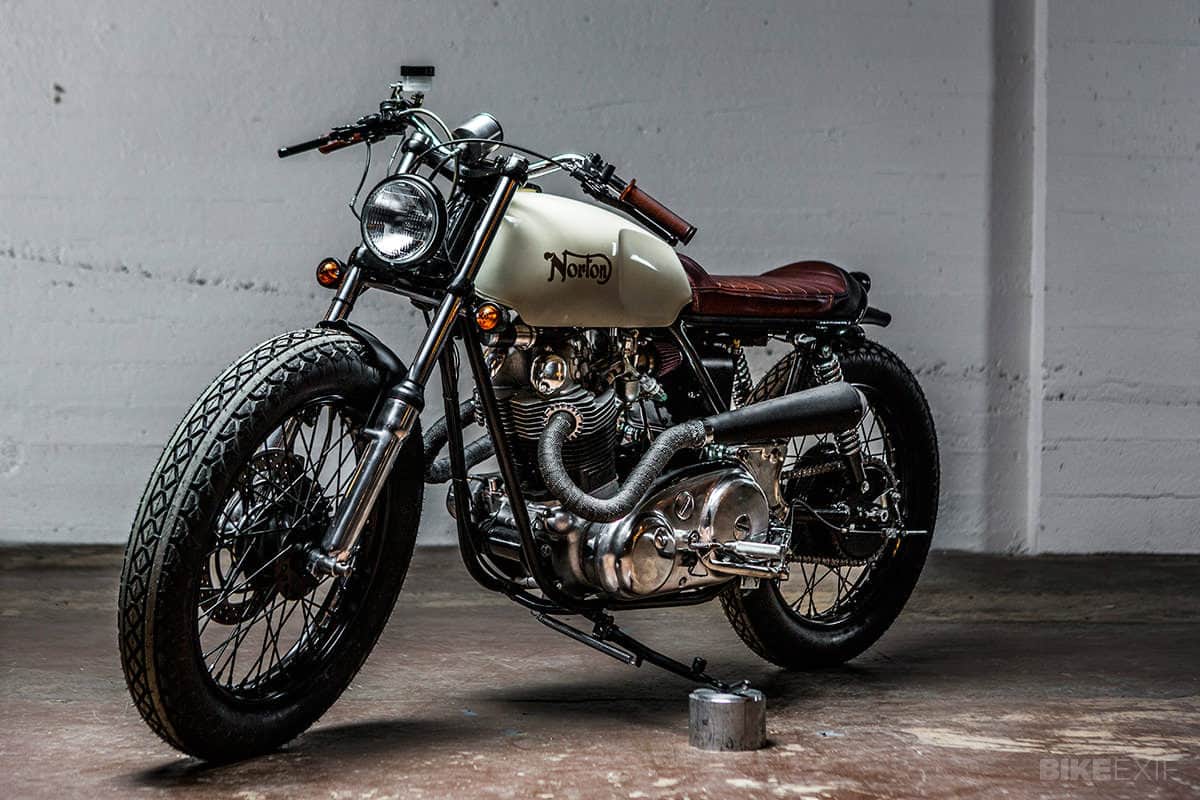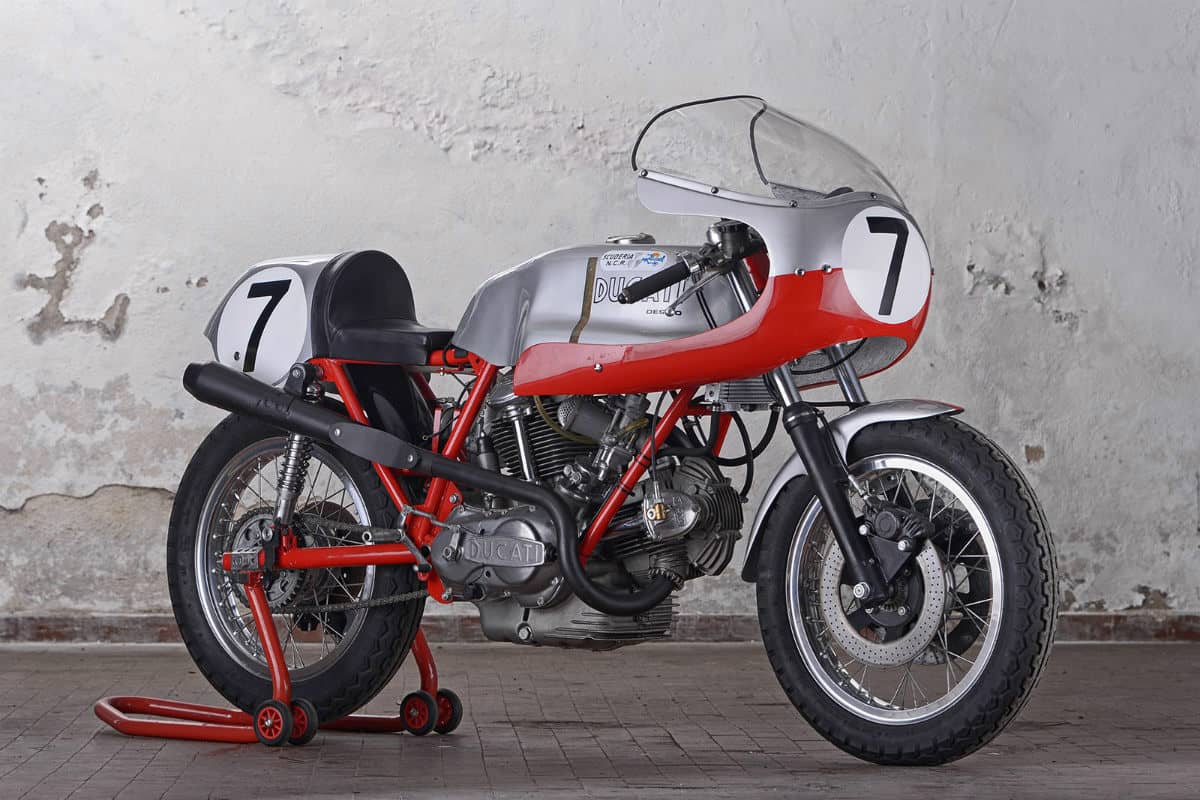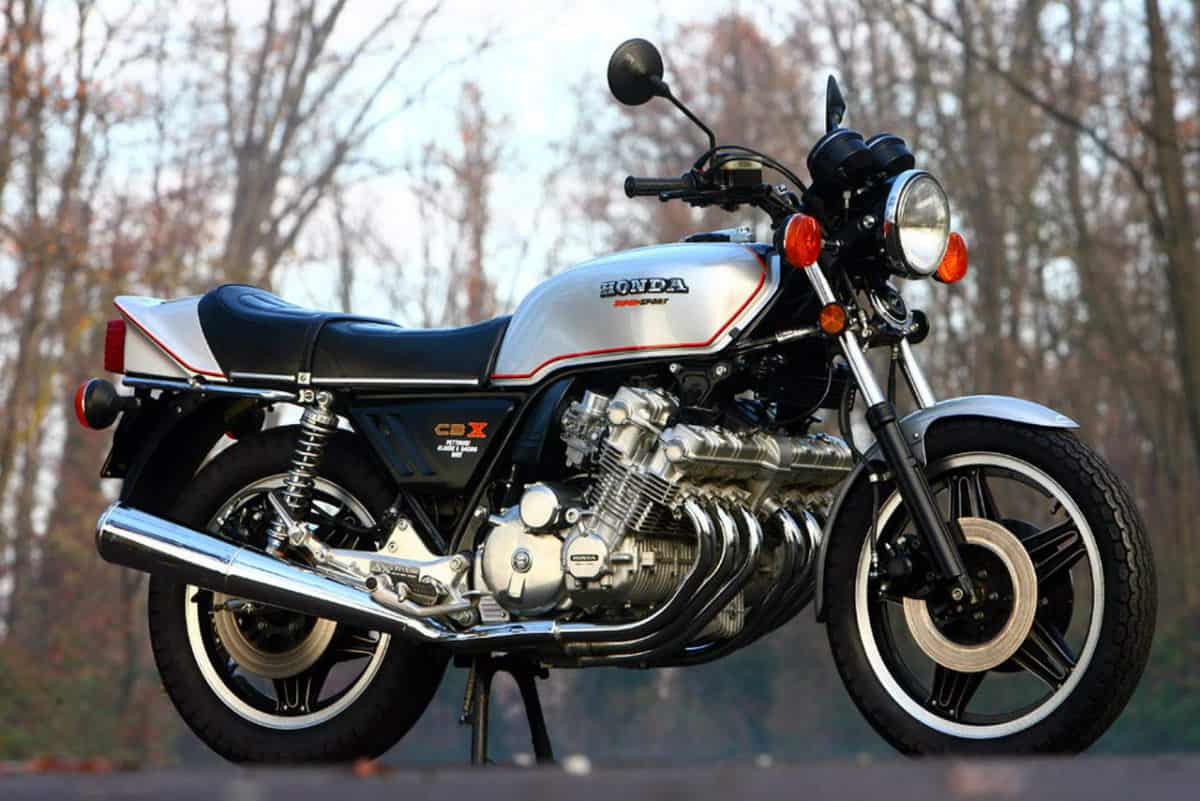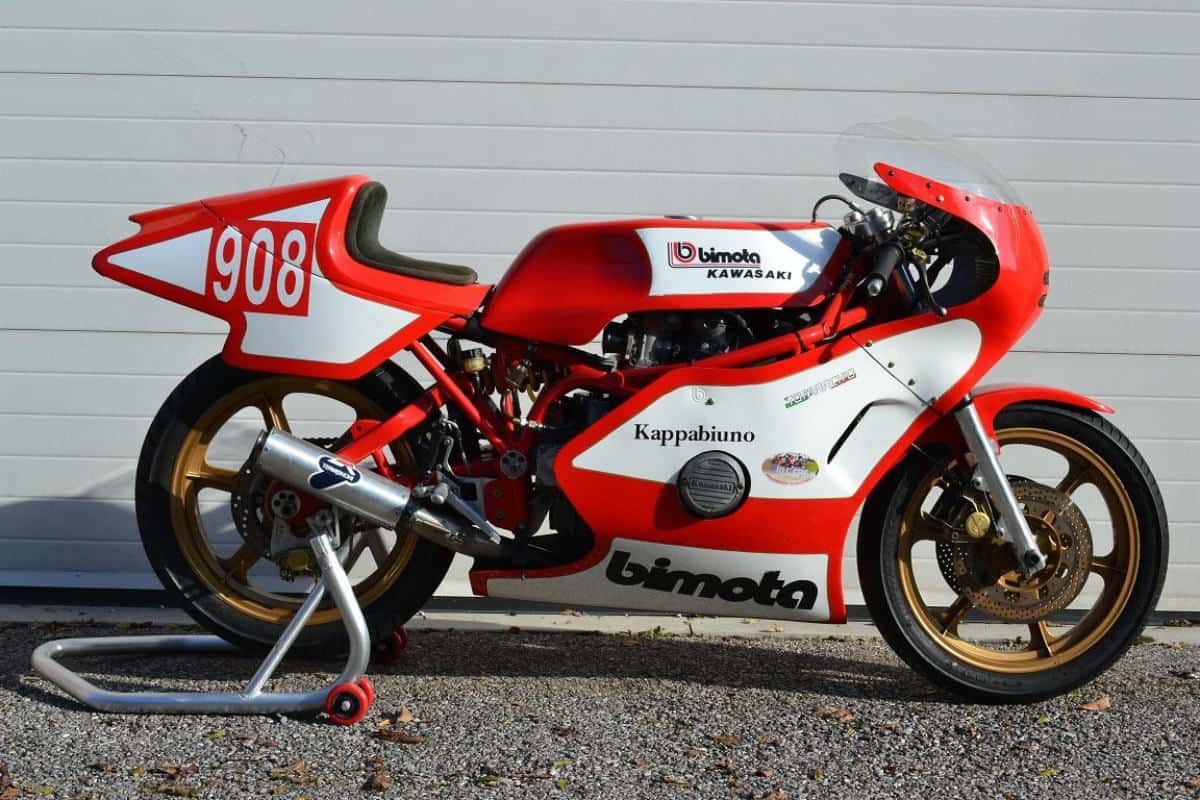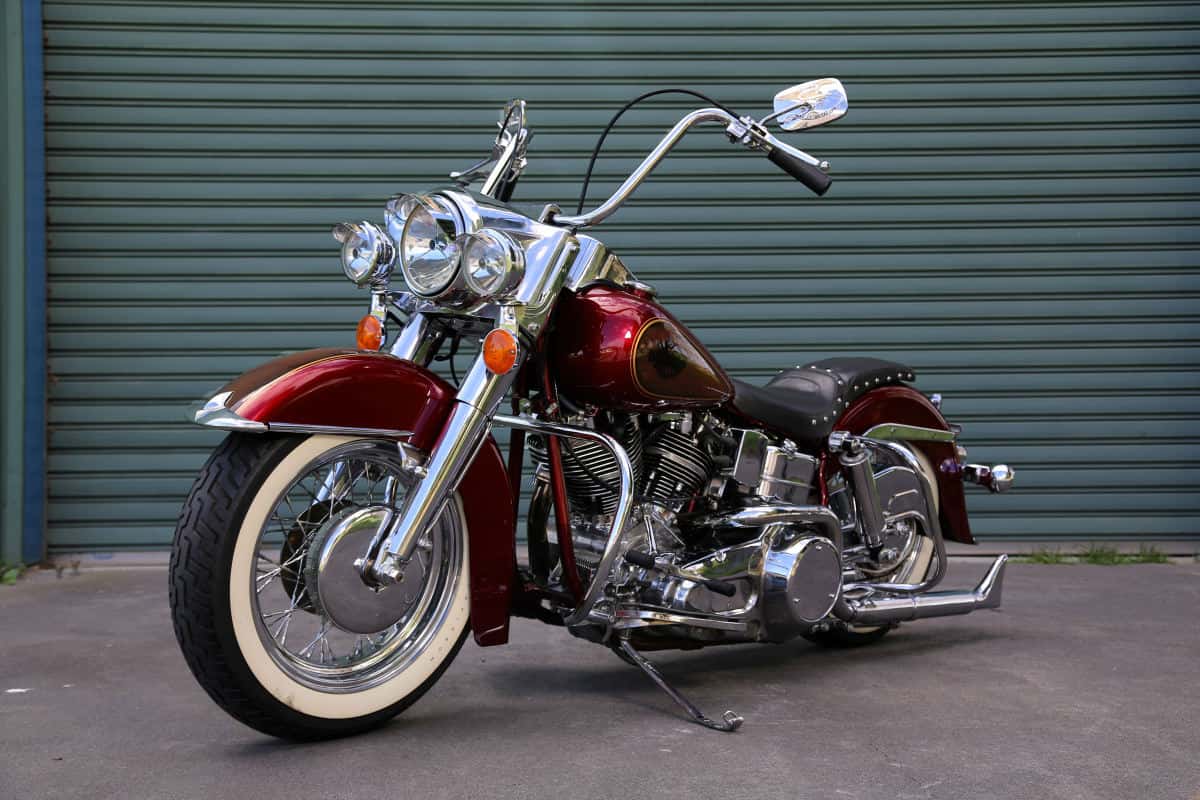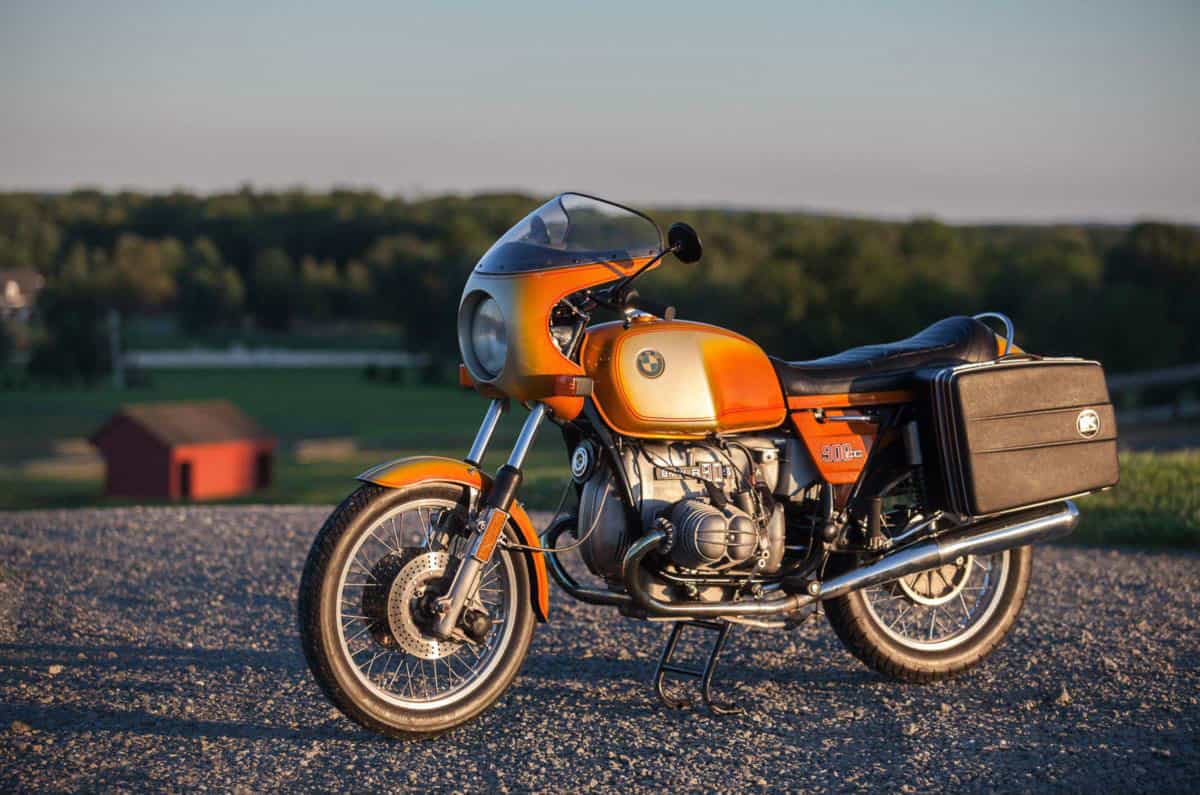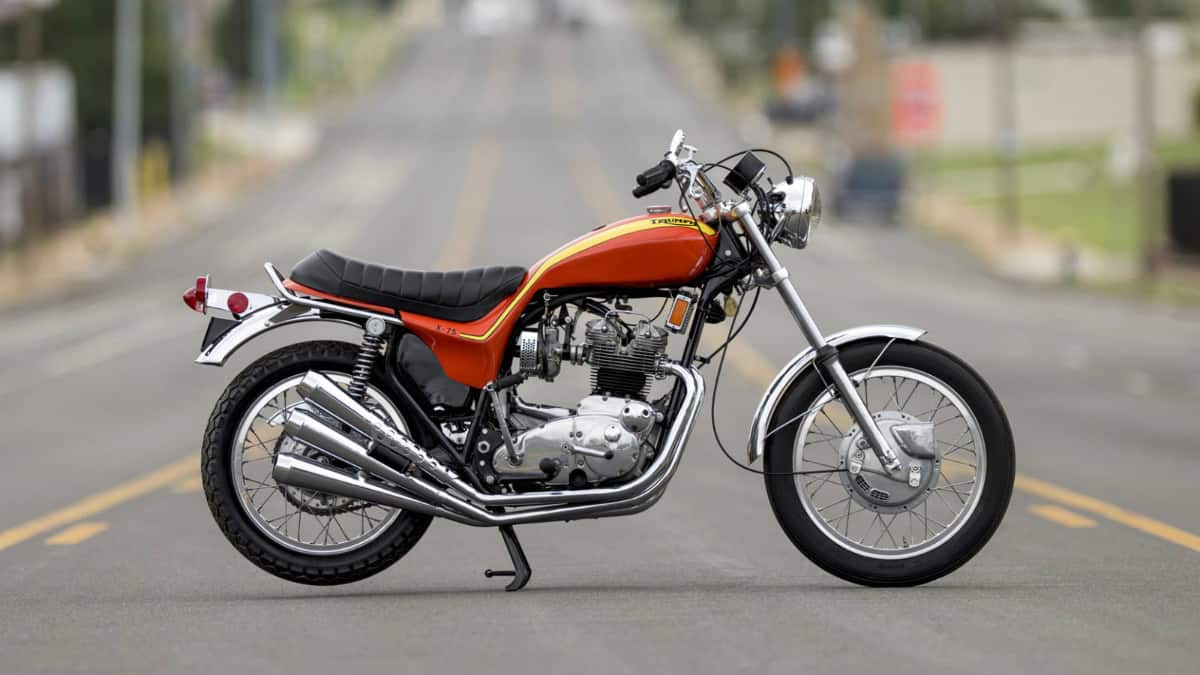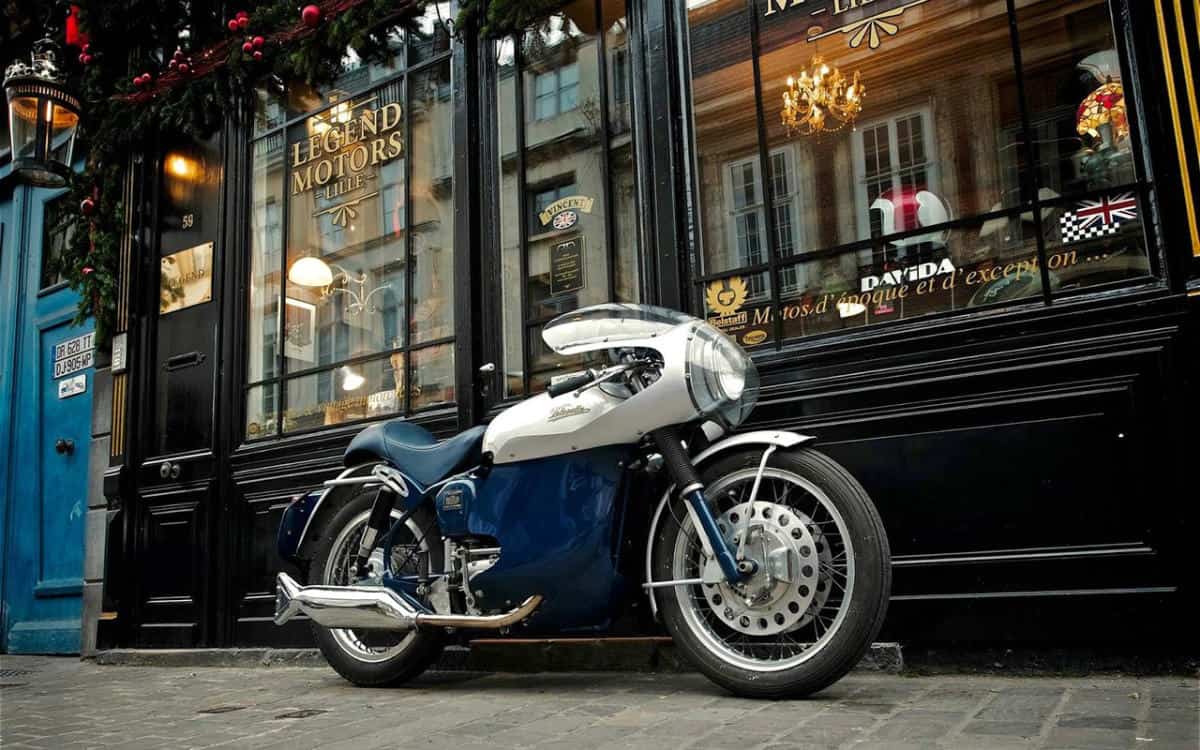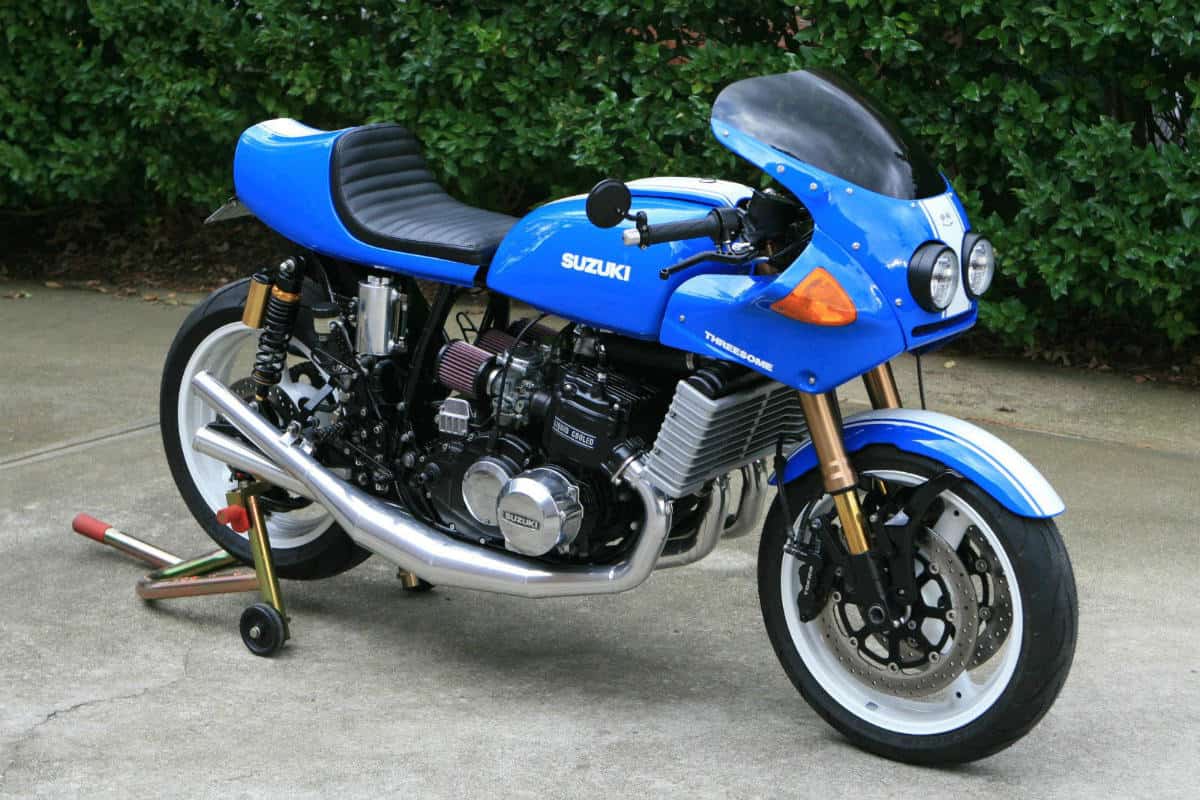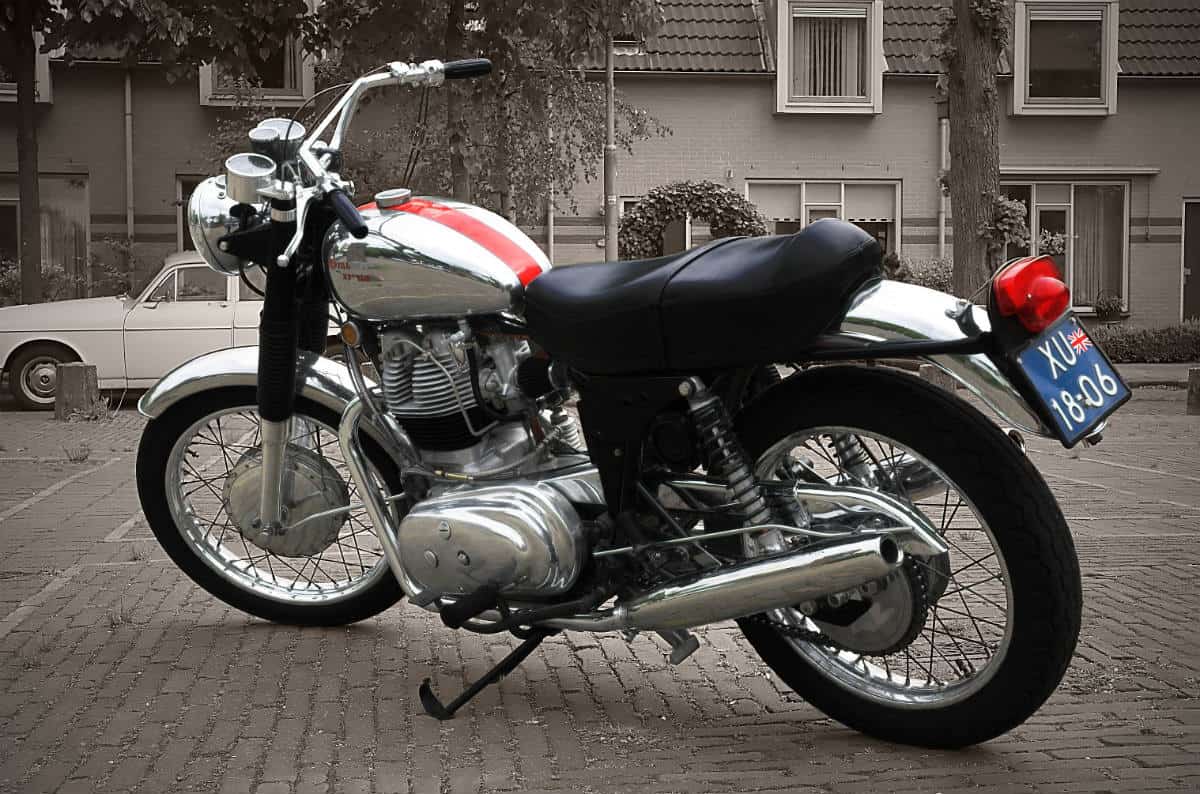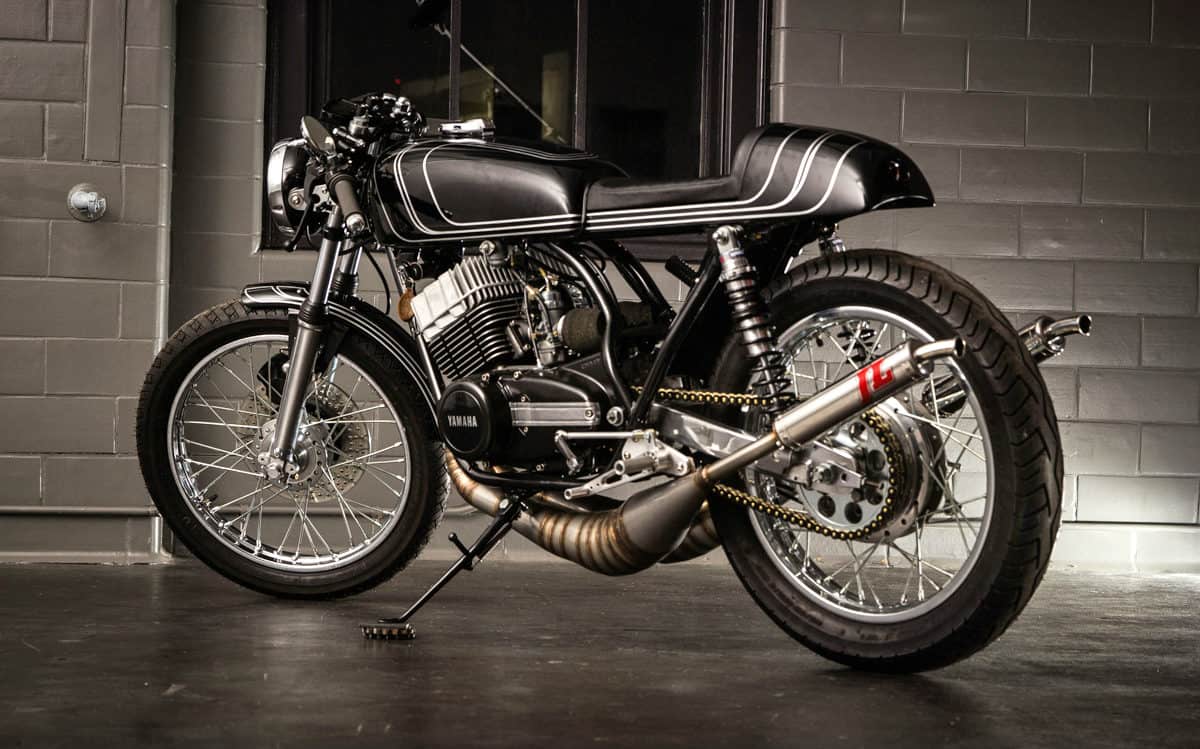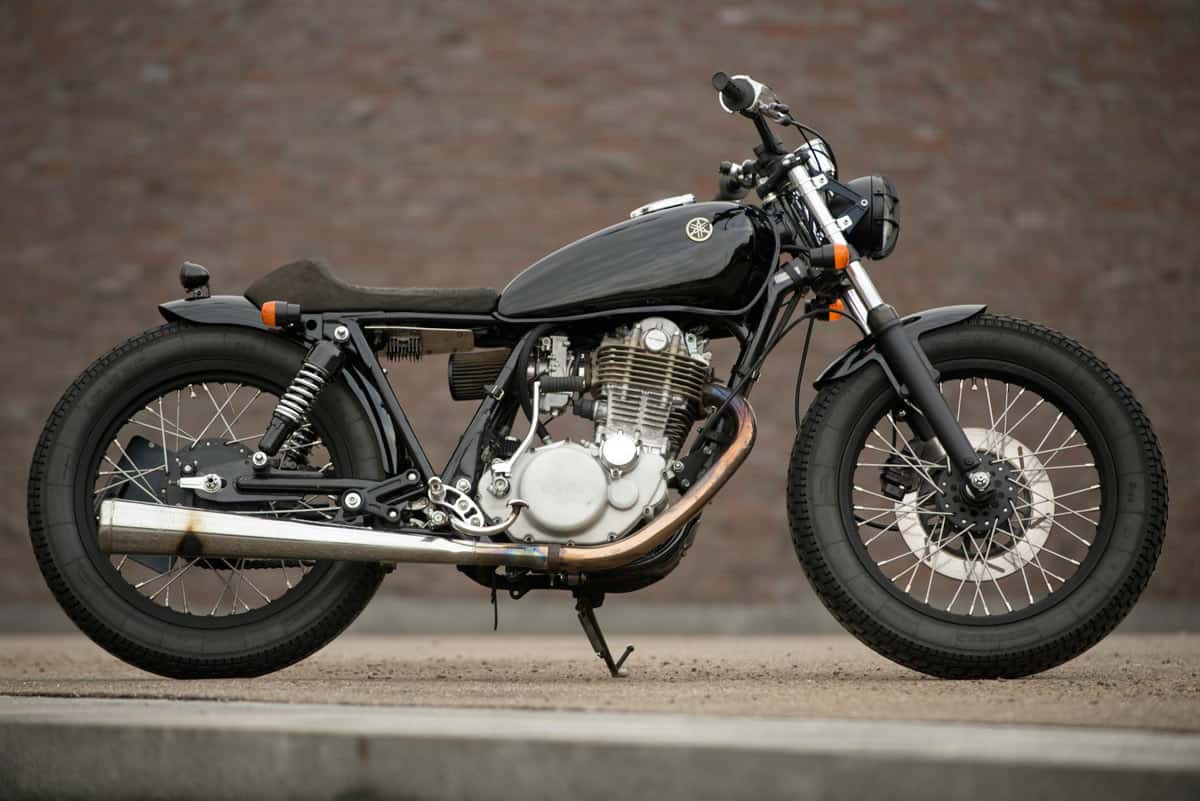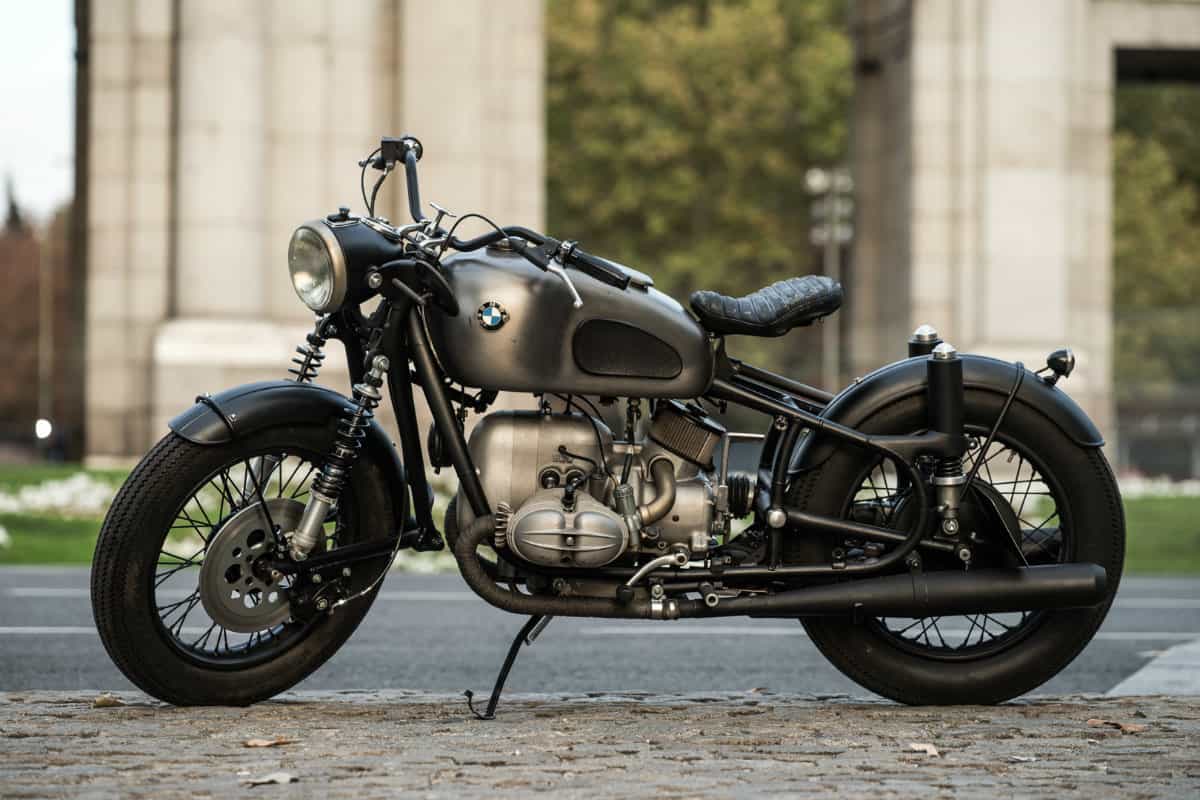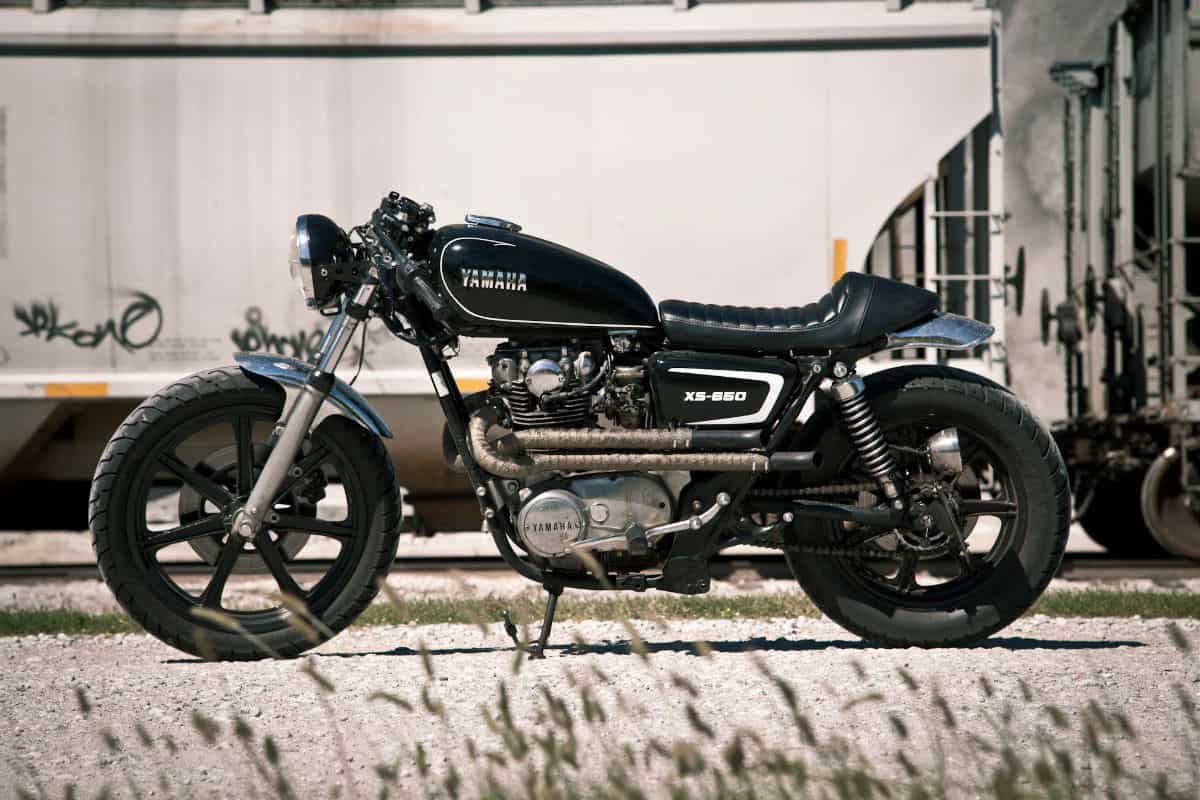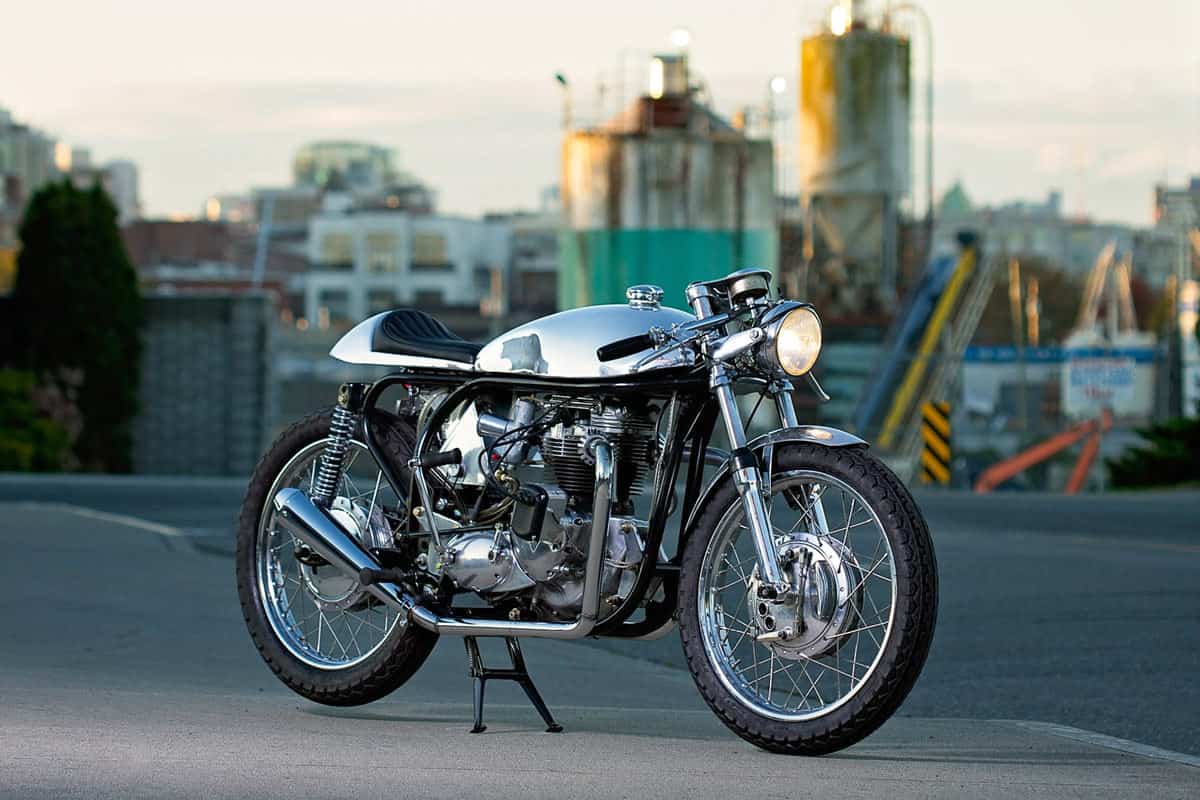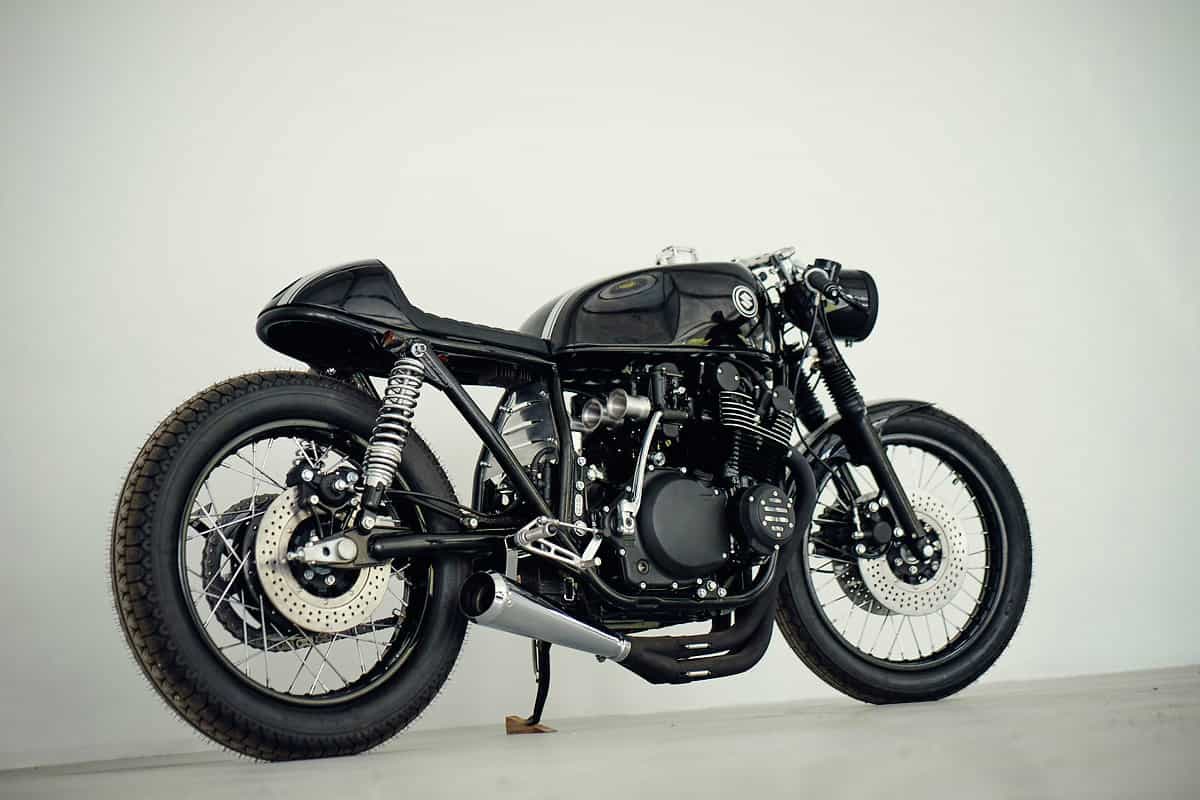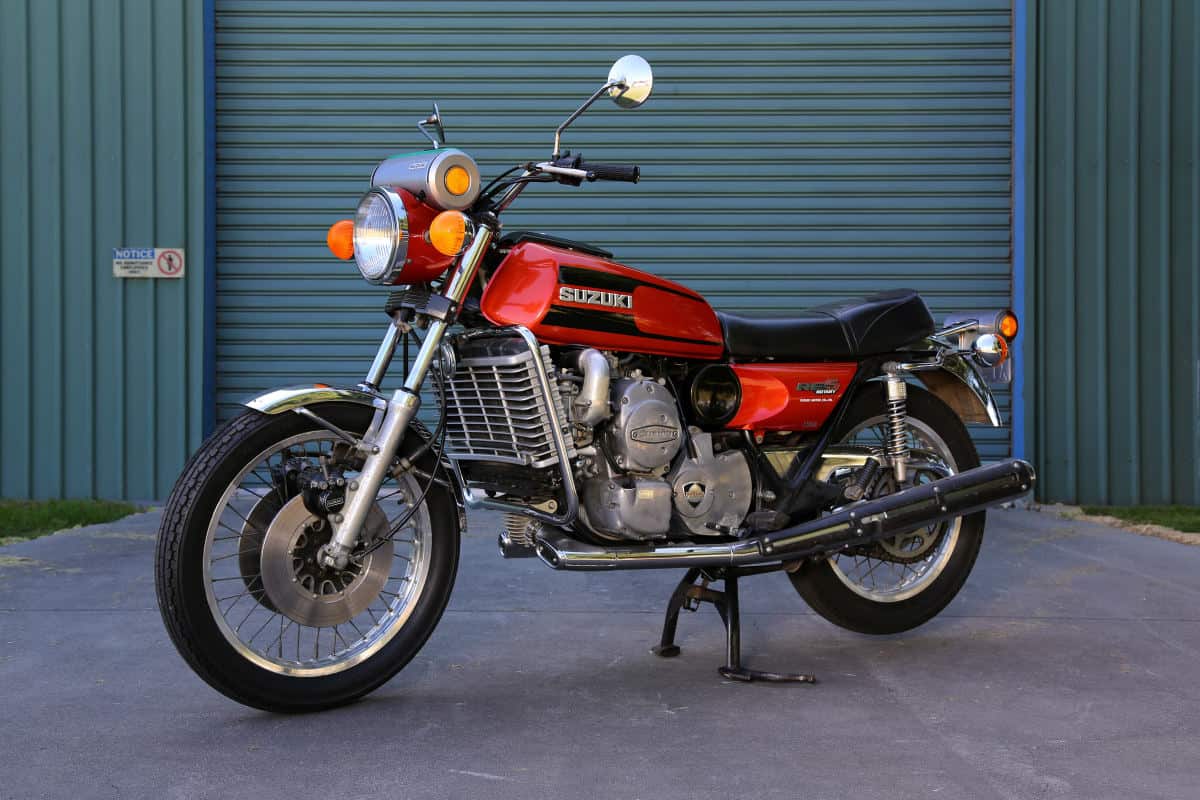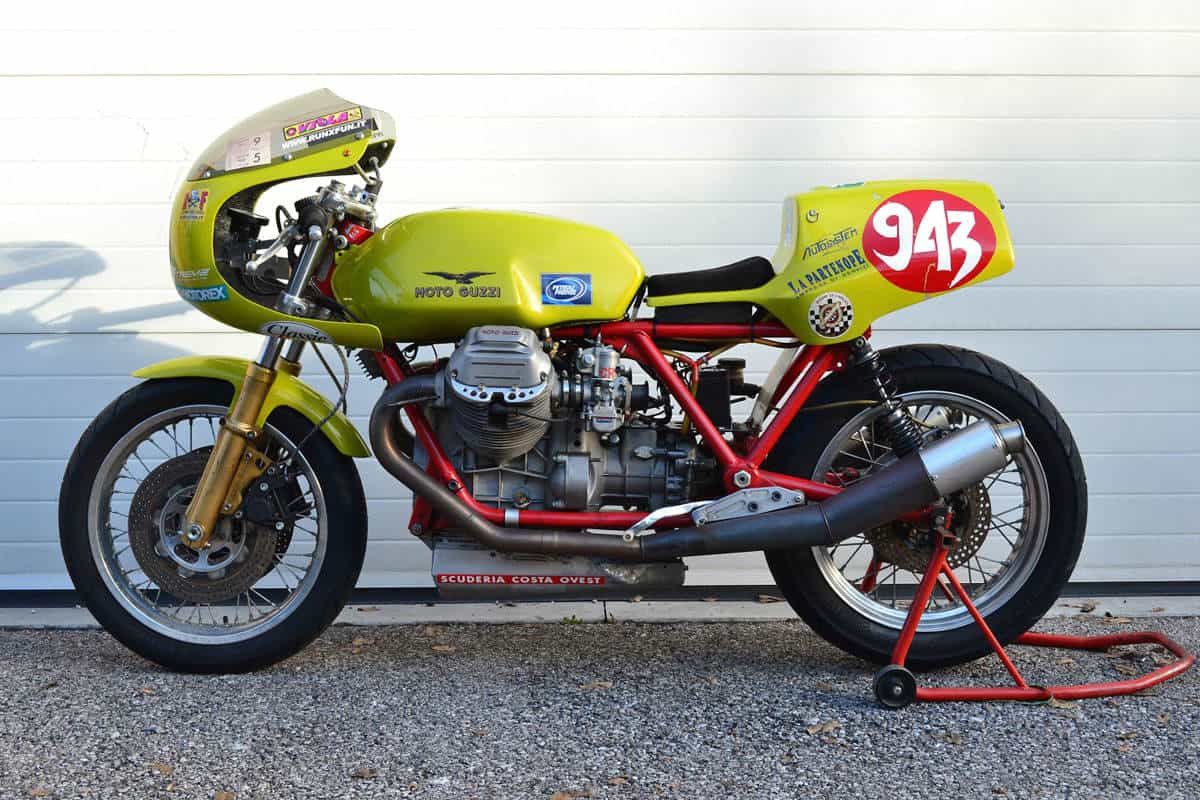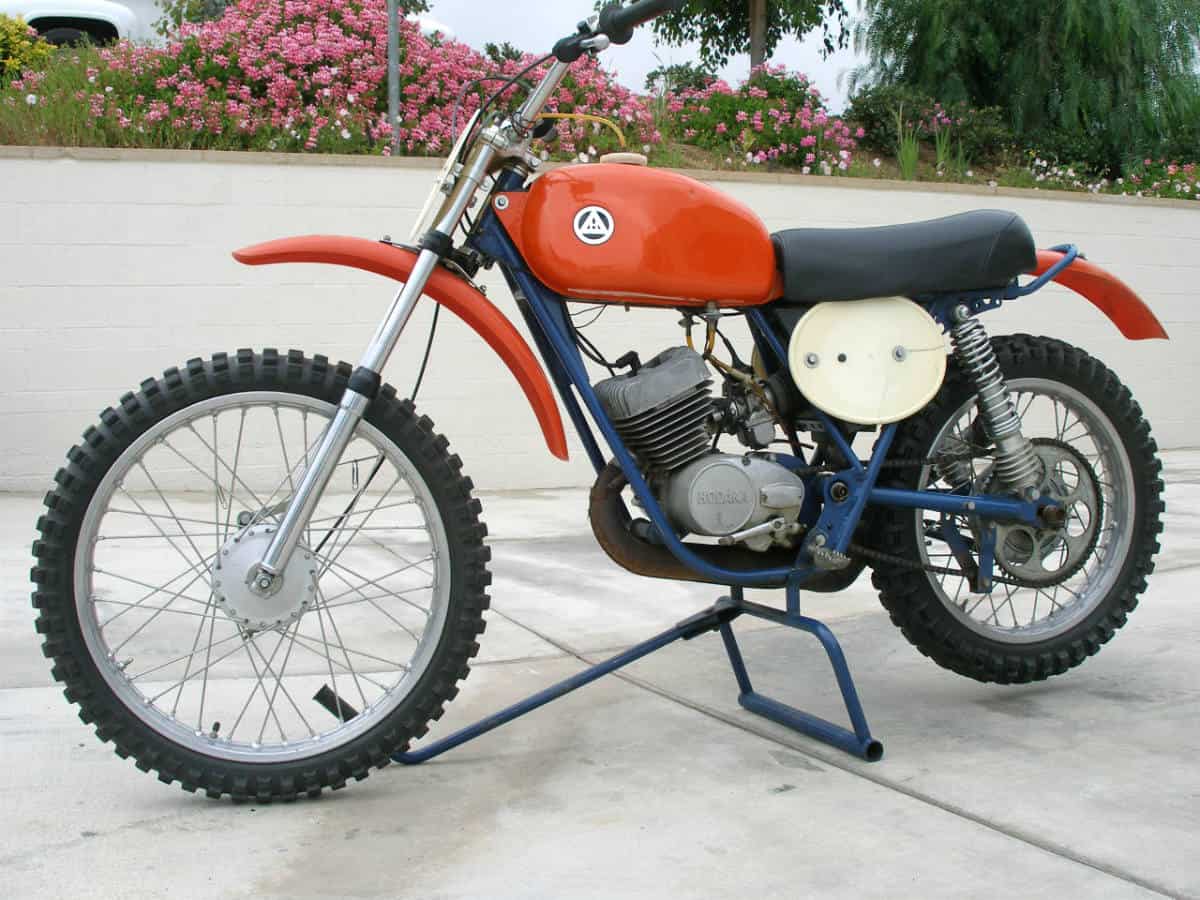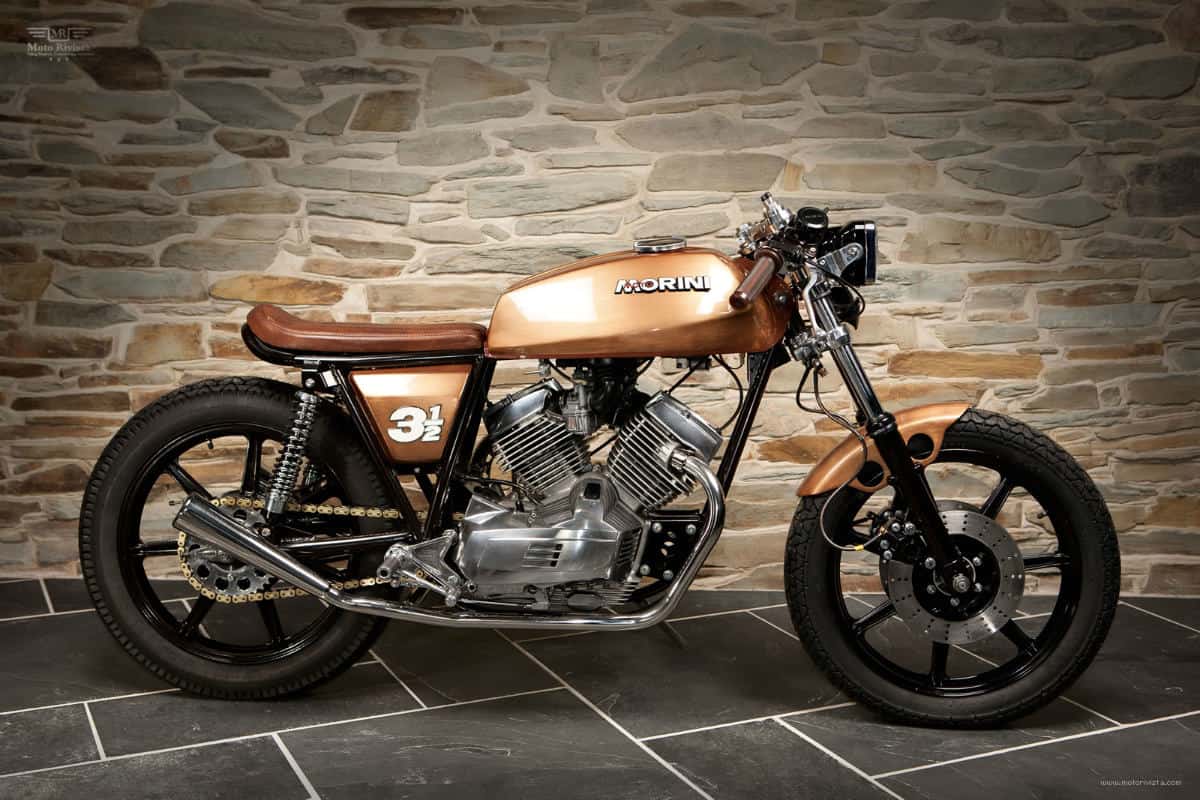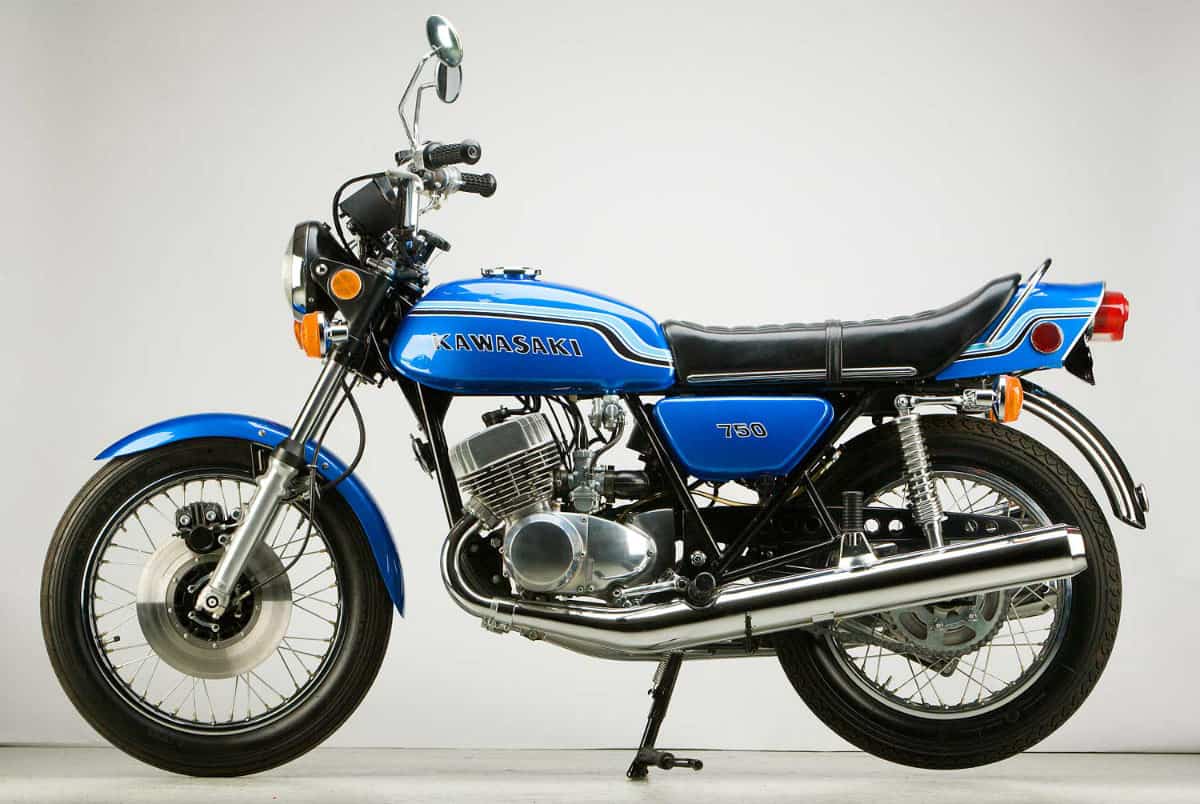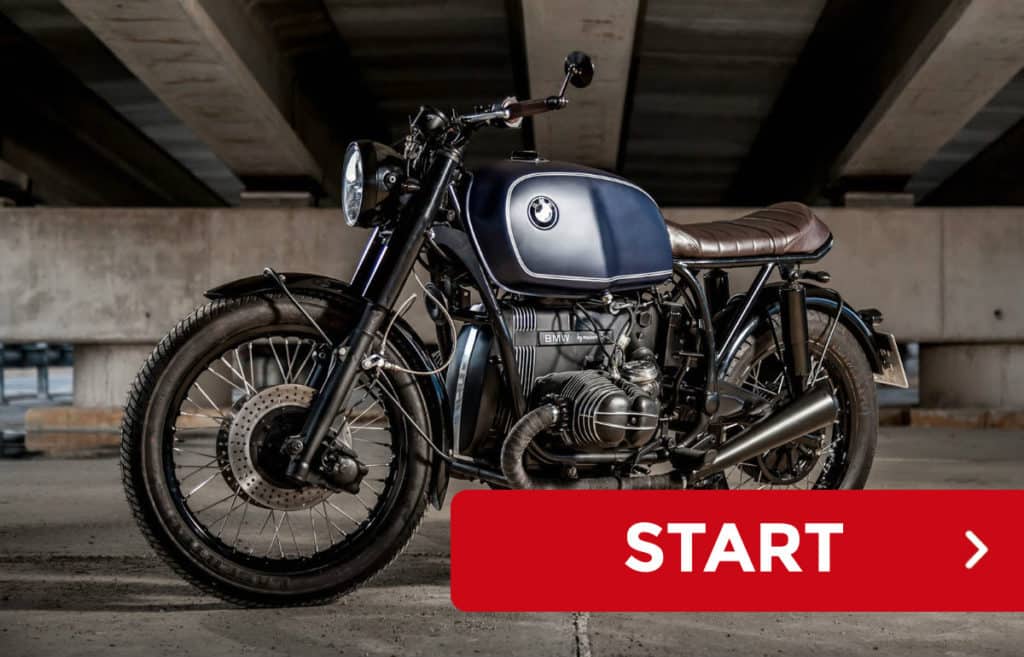
For those of us who love motorcycles but also grew up in the 70s, we had it made. This was a time of progress and performance for motorcycles across the world. Not to mention an amazing time for motorcycle aesthetics, with their cafe racer stylings and design. During the 1973 oil crisis, the muscle car era saw its demise but motorcycles remained largely unaffected. With no hitch in progress, the 70s produced some of the most collectable motorcycles on earth. That’s why we’ve put together this list of the coolest motorcycles of the 70s. Here you’ll see a variety of incredible motorcycles from Harley Davidsons and Indians to Hondas and Yamahas. So sit back and enjoy checking out these awesome older motorcycles and try to imagine yourself riding down an open road, in the 70s.

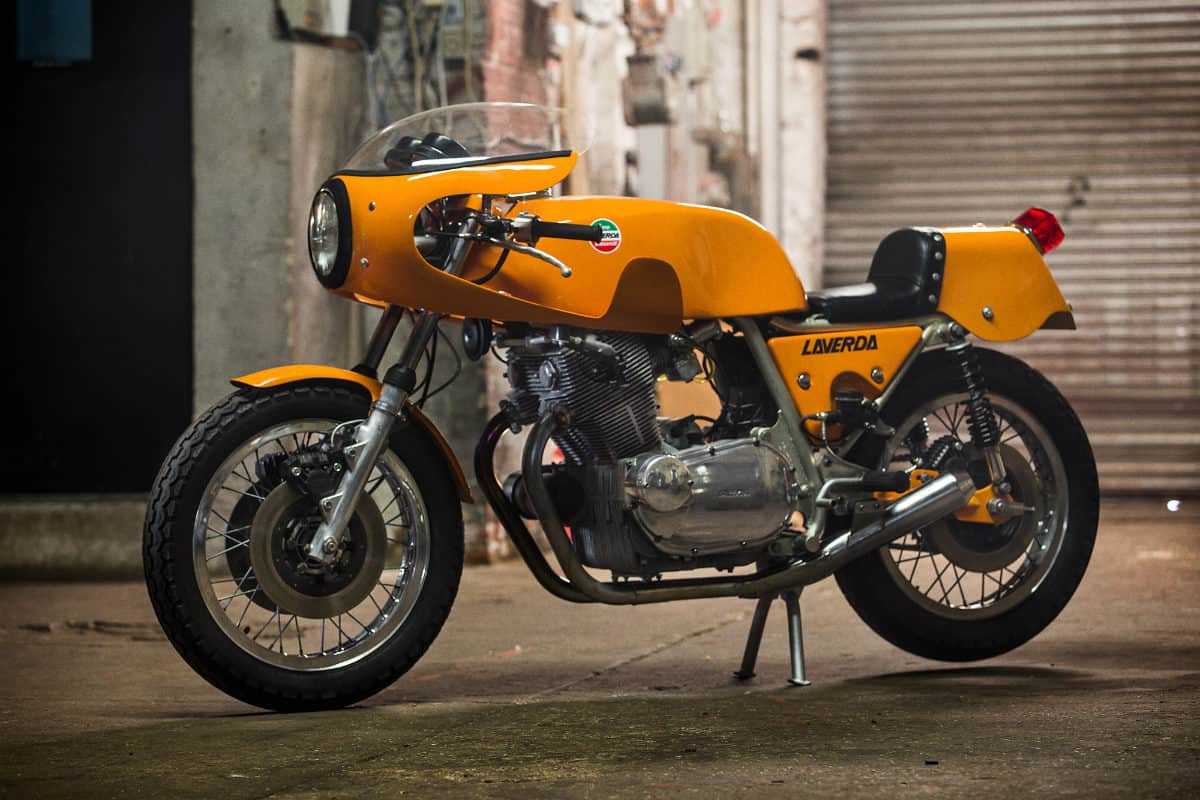
1975 Laverda 750GT
The birth of Laverda as a serious big bike brand occurred with the introduction of 750 cc, which halted the sales of the recently introduced 650. The 750 was very much identical to the 650 except for the lower compression rate and the rejetting of the carburetors. In 1969 the “750 S” and the “750 GT” were born and were both equipped with an engine that would truly start the fame of the brand. Just like their agricultural machinery, Laverdas were built to be virtually indestructible.
1976 Moto Guzzi 850 Le Mans
The Le Mans is a sports motorcycle first manufactured by Italian company Moto Guzzi in 1976. It was named after the 24-hour endurance race at Le Mans in France. The original 850 Le Mans was a café racer with clip-on handlebars and a nose fairing, though later models were developed with a three-quarter fairing and were called sports tourers. It was first shown at the Milan motorcycle show in November 1975. Dubbed the Mark I, it had two production runs with slight modifications. The Series 1, had a round taillight and continued production until September of 1976, but fewer than 2,000 were ever made. The Series 2 totalled around 4,000 bikes and had modifications such as a De Tomaso-designed taillight, modified rear mudguard, black fork sliders and a dual seat.
1977 Kawasaki KZ1000
The Kawasaki Kz1000 or Z1000 is a motorcycle made by Kawasaki and was released in September 1976 as a 1977 replacement model to the 1976 KZ900. It had an in-line 4-cylinder engine configuration paired with a 5-speed transmission. Generating about 90 hp, it was considered the fastest production bike of the era. In 1979 Kawasaki introduced the Z 1300 liquid-cooled, 6-cylinder engine configuration, which became the powerplant for their Voyager series. Both were available for several years and the police model continued into production until 2005.
1971 Yankee Z
The Yankee motorcycle was produced in Schenectady, New York by the Yankee Motor Company in the 1970’s. The company was started by John Taylor, a long-time resident of that area. The motorcycle was equipped with an air-cooled, two-stroke engine configuration that was designed by Eduard Giró and was produced by the Ossa manufacturing firm in Barcelona, Spain. The engine was a unique combination of two Ossa cylinders, that produced a twin-cylinder engine close to a 500 cc capacity. The Yankee frame and running gear were produced in the US, and the entire motorcycle was assembled in the Yankee plant on Campbell Avenue in Schenectady.
1973 – 76 BMW R90S
The R90S is a 900 cc sport motorcycle produced from 1973 to 1976 by BMW. The company commissioned designer Hans Muth to oversee the development and production of the R90S, which became the flagship of the boxer-engined “/6” range. Sporting a distinctive two-tone paint job, a bikini fairing and a new tail, it was intended to shrug off the enduring image of BMW bikes as staid and utilitarian. The 67 bhp R90S had a top speed of 124 mph and it ran the quarter mile in around 13.5 seconds with 0 to 62 mph acceleration in 4.8 seconds. Maximum torque output is at 5,500 rpm and redlined at 7,200 rpm.
Harley Davidson XLCR
The XLCR was an American café racer style motorcycle built by Harley-Davidson between 1977 and 1979. Some say that designer Willie G. Davidson created it from the existing XLCH Sportster, initially intended as his own personal vehicle. In 2013 a 1977 model sold for 12,000 USD at an auction while in 2004 a 1978 model went for 9,900 at an auction in New Zealand and in 2010 another 1977 model sold for about 20,000 USD by Bonhams at auction.
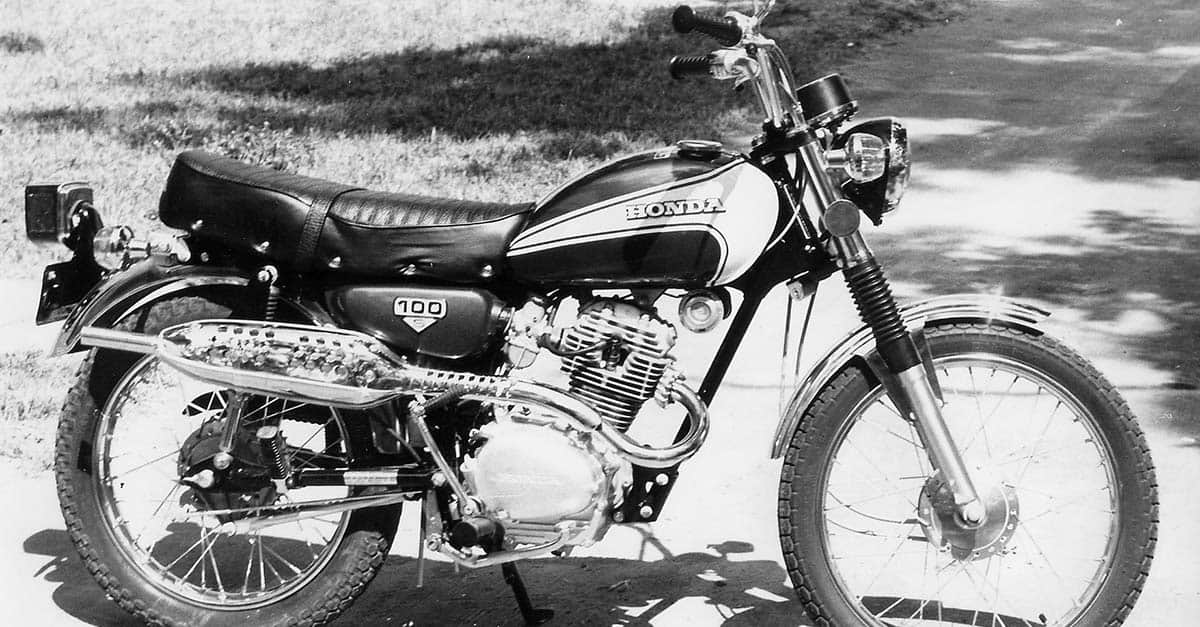
Honda CL100
The Honda CL100 is a 4 stroke single cylinder overhead cam motorcycle sold in the US from 1970 to 1973. The top speed of this bike is 50 mph. The Cl100 featured a 99 cc four-stroke engine which made the bike a dual sport going on road or off road.
Honda CB 750
The CB750 is an air-cooled transverse in-line 4-cylinder engine configuration motorcycle made by Honda over several generations for year models 1969–2003 as well as 2007 with an upright or standard riding position, often called the original Universal Japanese Motorcycle. It is included in the AMA Motorcycle Hall of Fame Classic Bikes and was named by the Discovery Channel as one of the greatest motorbikes ever. It was also in The Art of the Motorcycle exhibition and is in the UK National Motor Museum. The CB750 was also the first motorcycle to be called a “superbike.”
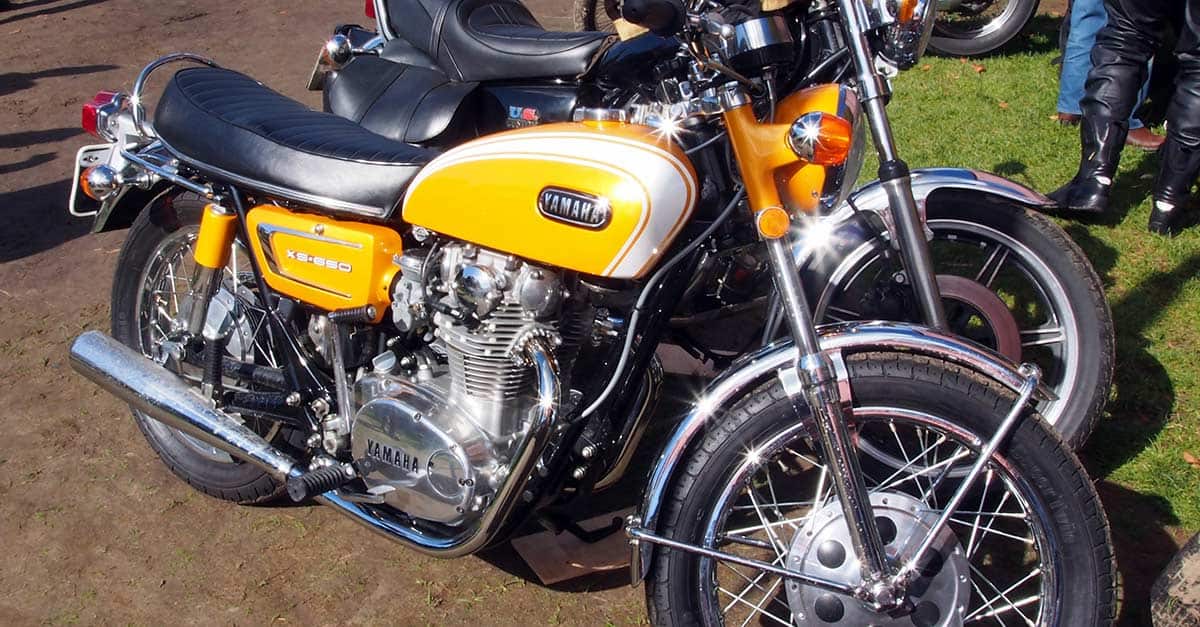
Yamaha TX50
The Yamaha TX750 was released in 1972. It remained on the market until 1975. The bike was featured in Yamaha News in 1972 and appeared at the Tokyo Motor Show. The bike was incredibly smooth with Ray Hill, “Popular Science “reviewer, writing in an October 1972 issue “One of the Smoothest-riding bikes I’ve ever been aboard.”
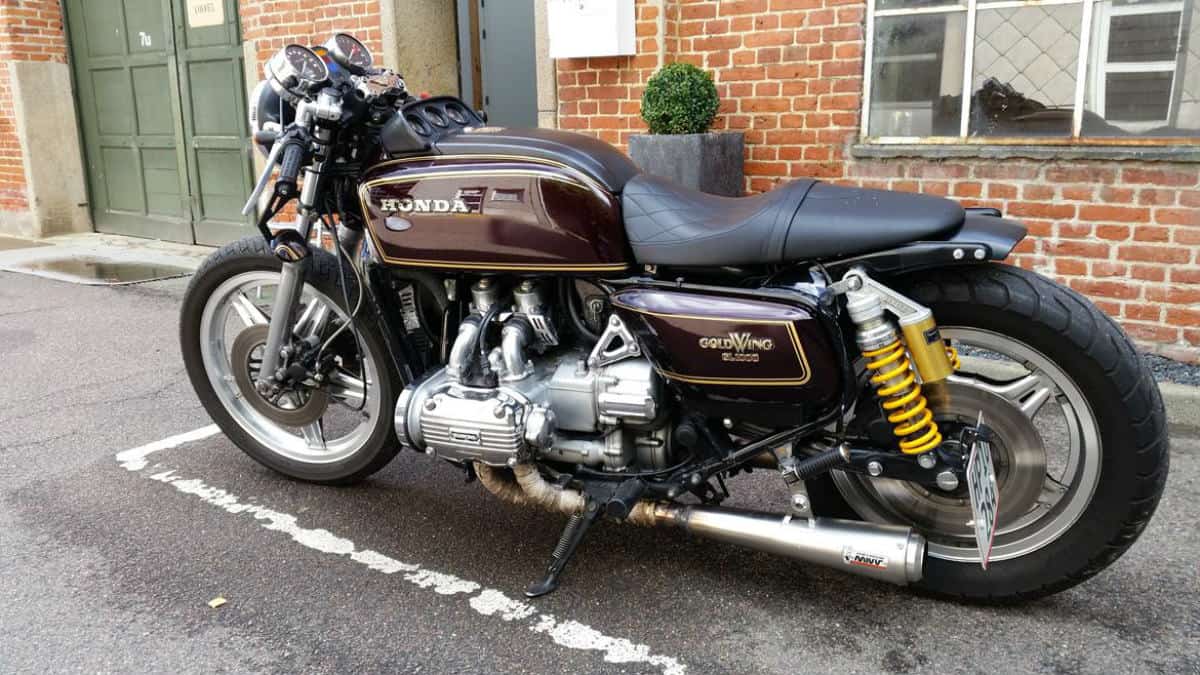
1975 Honda GL1000 Gold Wing
The Gold Wing is a series of touring motorcycles manufactured by Honda and was introduced in October of 1974 at the Cologne Motorcycle Show. The Society of Automotive Engineers of Japan includes a Honda Gold Wing GL1000 that was manufactured in 1974 as one of their 240 Landmarks of Japanese Automotive Technology. Production Gold Wings went on sale in the US and European market in 1975 and at American Honda’s annual dealer meeting in Las Vegas back in September of 1974, pre-production GL1000 models were first revealed to dealers. Total global sales reached over 640,000, most of them in the US market.
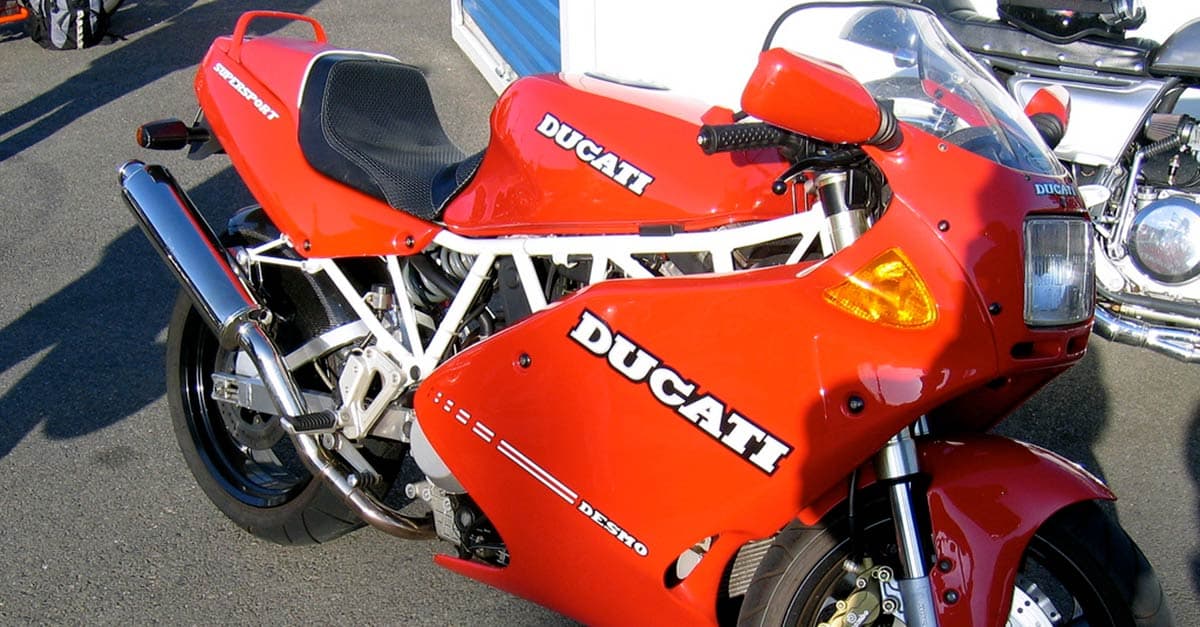
Ducati Supersport
The Ducati SuperSport was in production from 1972 to 1981. These bikes were used in the Imola 200 Race with Paul Smart and Bruno Spaggiari finished first and second respectively. The 900 featured a great twin cylinder engine, handle amazingly, has a stunning body style.
Harley-Davidson XR750
The XR-750 is a racing motorcycle made by Harley-Davidson since 1970. It was built primarily for dirt track racing but also for road racing in the XRTT variant. It has been associated with the careers of racers Mark Brelsford, Cal Rayborn, and Jay Springsteen, and was the favored motorcycle of stunt performer Evel Knievel. An XR-750 was also included in 1998 The Art of the Motorcycle exhibition, and one of Evel Knievel’s bikes are in the Smithsonian’s National Museum of American History America on the Move exhibit.
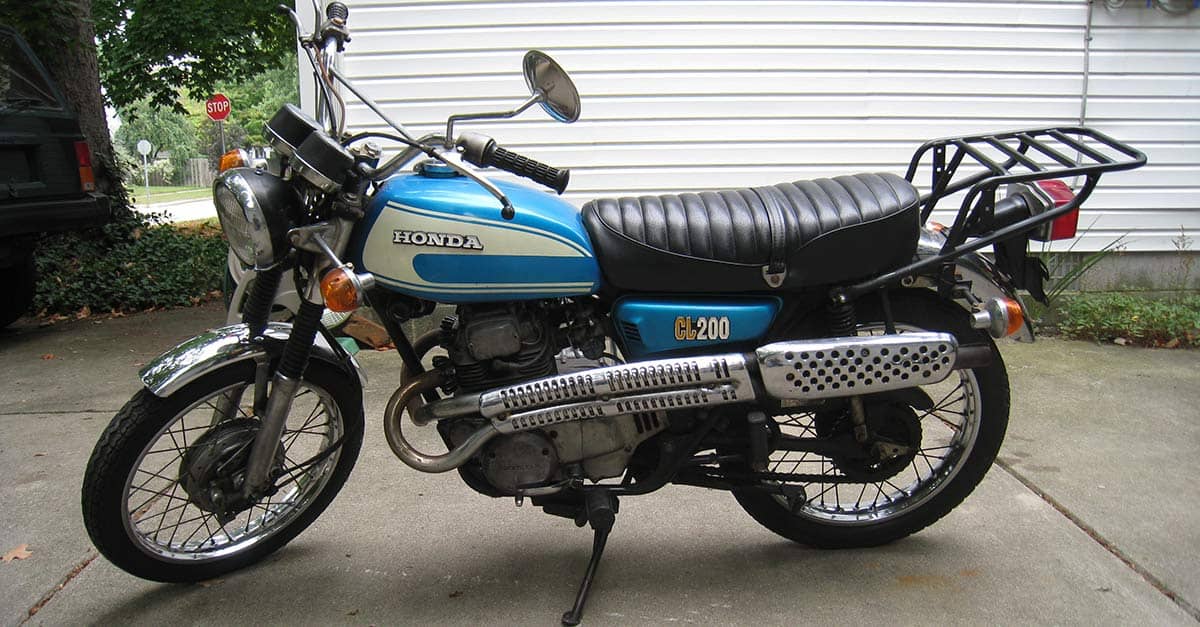
Honda CL200
The Honda Cl200 was made only in 1974. It is very similar to the CB200, but the exhaust system is mounted above the gearbox with both pipes on the left side of the CL200. This bike was the beginning of the end for smaller Honda bikes. Motorcycles were getting bigger around this time and the CL200 discontinued after one year.
Norton 850 Commando
The Commando was a British Norton-Villiers motorcycle with an overhead valve engine. It was produced from 1967 until 1977 by the Norton Motorcycle company. During its ten-year production run, the Commando was popular all over the world. In the United Kingdom, it won the Motor Cycle News “Machine of the Year” award for five consecutive years from 1968-1972. Its origins can be traced back to the late 1940’s when the Norton Model 7 Twin was designed by Bert Hopwood. The revolutionary part of the Norton Commando, compared to earlier models, was the award-winning frame design that was developed by former Rolls-Royce engineer Dr. Stefan Bauer.
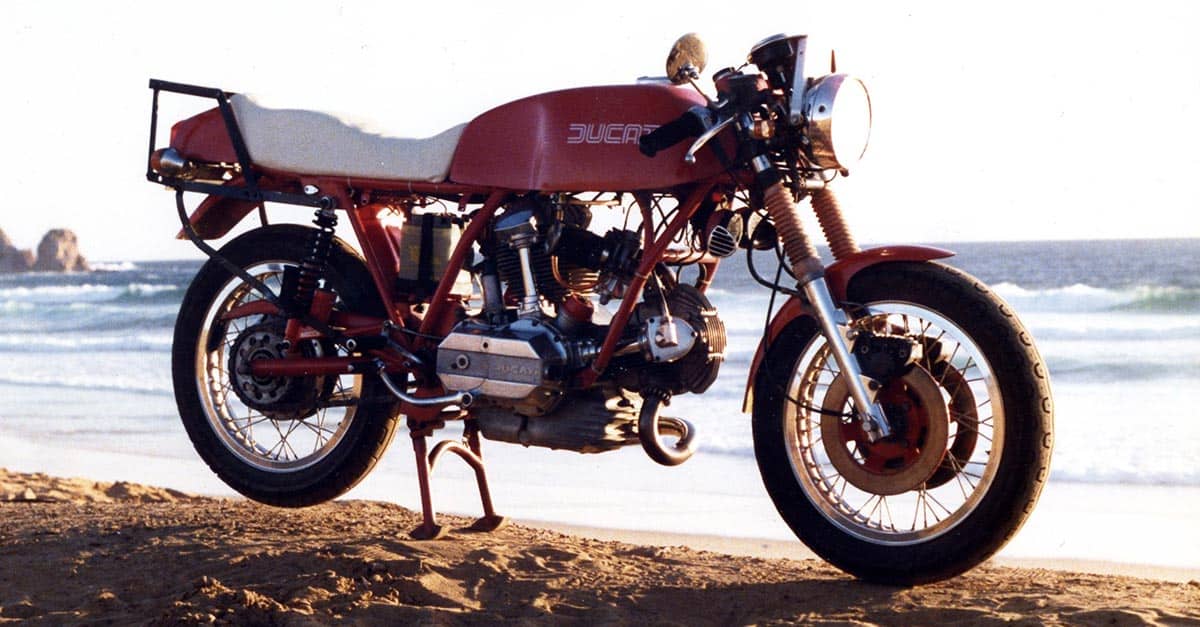
Ducati 860 GT
The Ducati 860 GT debuted in 1974. Its top speed was 109 mph. The bike was engineered by Fabio Taglioni and designed by Giorgetto Giugiaro. Giugiaro began the look for this bike based on a “folded paper” look with straight lines and hard edges which was used on the 192 Lotus Esprit, Volkswagen Golf, Hyundai Pony, and the Lancia Delta.
Ducati 750SS
The Ducati SuperSport was a series of air-cooled four-stroke V-twin motorcycles manufactured from 1988 onwards. The name originated back to the round case 1973 Ducati 750 Super Sport, and the 1975 square case 750 and 900 Super Sport. The first official prototypes used the 750 Sport and 750 GT models for their basis and featured bodywork styled along the lines of the Imola bikes. Because of the similarities in price between the 750 Super Sport and the 900, very few 750’s were produced. Majority of which, were shipped to Australia, Germany or stayed in Italy for motorsport applications.
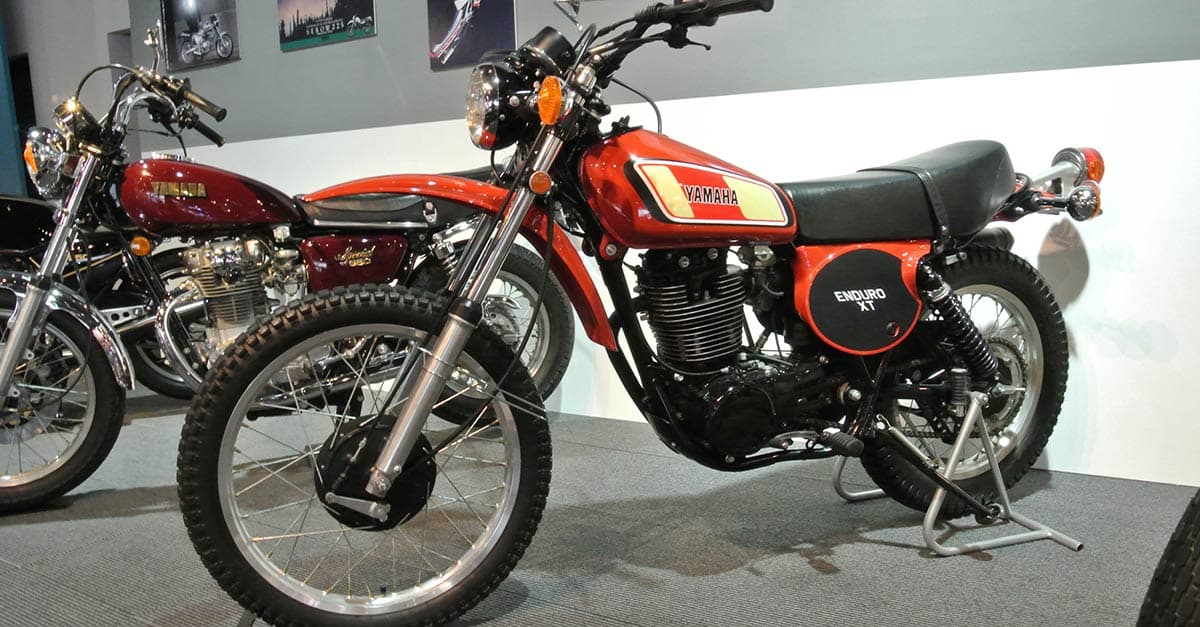
Yamaha XT500
The Yamaha XT500was produced from 1975 to 1989 in Iwata, Shizuoka, Japan. All parts from this bike were produced in Japan. The bike was solid with great power to weight ratio which started the next generations of enduros.
Honda CBX
The CBX was a sports motorcycle manufactured by Honda from 1978 to 1982. Equipped with a 1047cc in-line 6-cylinder engine capable of producing 105 bhp, it became the flagship model of the Honda range. It was well received by the press but was outsold by the Honda CB900F. As a promotional exercise, CBX’s were ridden by traveling marshals during the 1979 & 1980 Isle of Man TT. The 1979 CBX run a quarter mile in 11.36 seconds with a maximum speed of 117.95 mph. In 2011, Australian publication 2 Wheels Magazine named the CBX as one of their favorite 12 superbikes of all time.
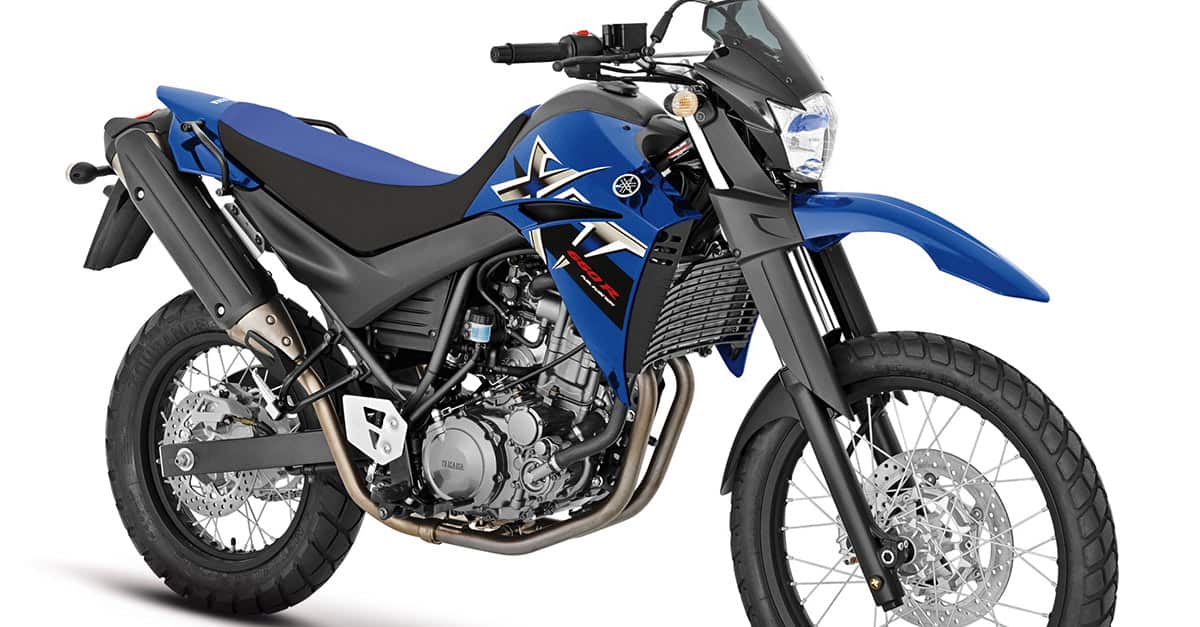
Yamaha XT600
The Yamaha XT660 debuted in 1976. It is a dual-purpose on/off road bike released as a replacement for the XT600. The lightweight bike was a dual-sport that the US Military used for several tasks.
Bimota KB1
The KB1 is a motorbike manufactured by Bimota from 1978 to 1982. The name is to indicate that this is chronologically the first model equipped with a Kawasaki powerplant. The bike was aimed at Kawasaki owners who were dissatisfied with the performance of their motorcycle. The KB1 entered the market in 1978 and were mostly sold in kit form. At the choice of the buyer, the motorcycle could be equipped with either the Z1 900 or the Z1000 engine. It went out of production in 1982 after 827 units, making it the most produced Bimota model.
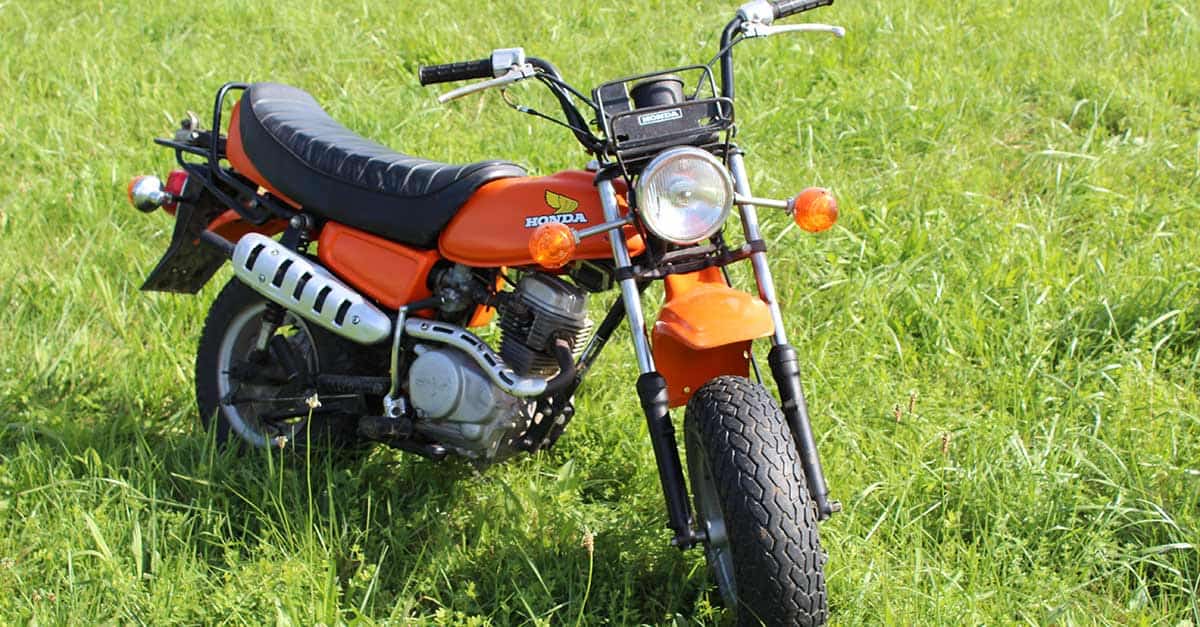
Honda CY50
The Honda CY50 was a Japanese moped produced from 1997 to 1983. Its top speed is 25 mph. The bike was advertised saying “…it does not need a fuel-oil mixture, but regular gasoline. This keeps the engines clean right up to the exhaust…” The CY50 is a popular collectors and cult status bike.
Harley-Davidson FL
The FL is a model designation pertaining to Harley-Davidson motorcycles since 1941. The FL prefix is mostly applied to the company’s large-framed bikes like the current Touring series and also the Softail series, especially those with traditional styling. In 1977, Harley-Davidson produced a Confederate Edition of the FLH Electra Glide that featured commemorative paint and tank and fender decals. The production run was limited to only 44 units making it one of the rarest of the company’s motorcycles.
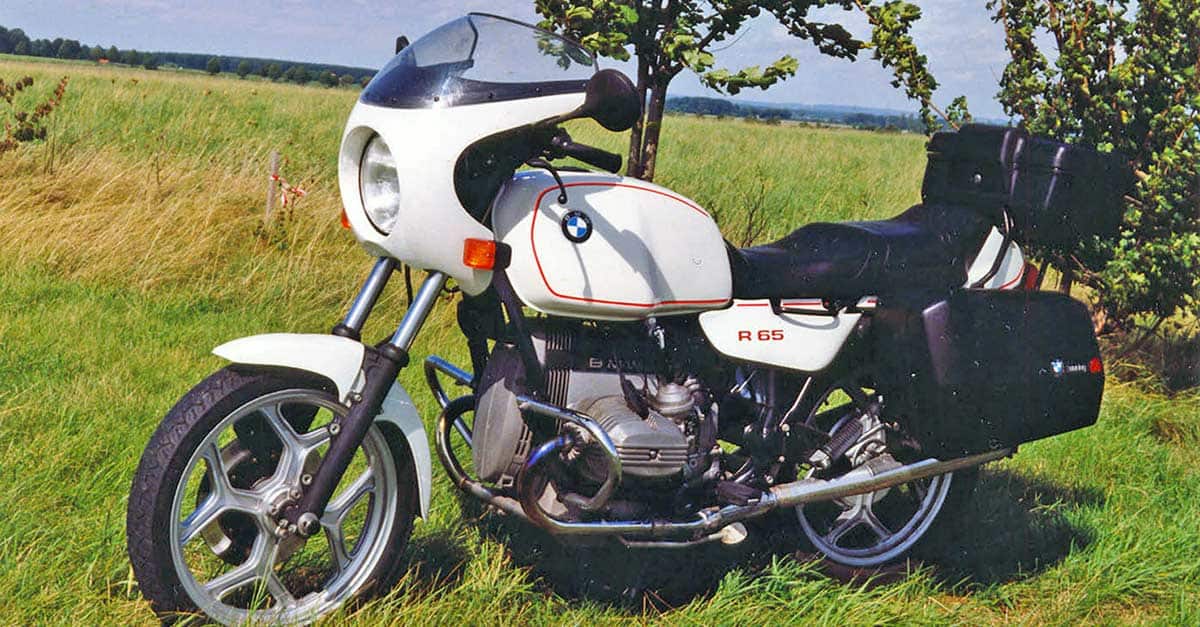
BMW R65
The BMW R65 was a mid-sized motorcycle produced from 1978 to 1984. Its top speed is 109 mph. The R65 variant featured a triangular fairing that was deigned, Hans Muth.
BMW R90S
The R90S is a 900 cc sports bike produced by BMW from 1973 to 1976. The company commissioned designer Hans Muth to oversee the production of the R90S, which became the flagship of the boxer-engined “/6” range. It sported distinctive two-tone paintwork with a bikini fairing and a new tail. The R90S was intended to shrug off the enduring image of BMW bikes as staid and utilitarian. From 1973 through 1976, a total of 17,455 units were sold. y 1977, the R90S was succeeded by the R100S. It retained the bikini fairing, they altered paintwork and increased the engine displacement to 1,000 cc.
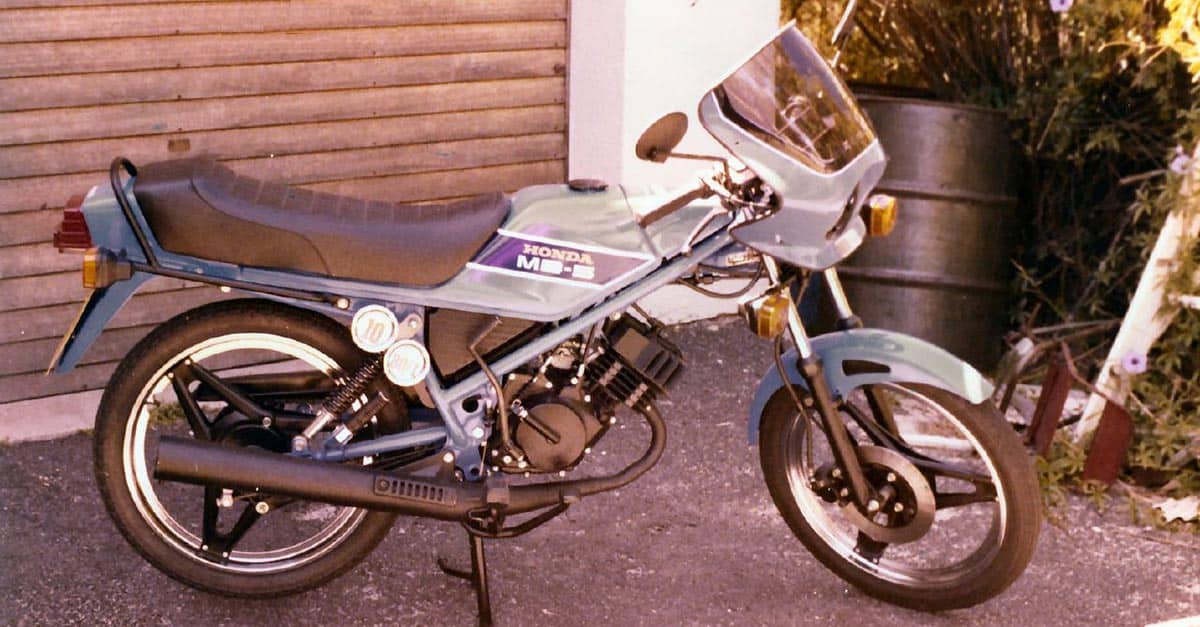
Honda MB50
The Honda MB50 was a moped produced from 1979 to 1988. The MB 50 was only shipped to the US in 1982 but was hugely popular in Europe.
Triumph X-75 Hurricane
The X-75 Hurricane was a ‘factory special’ motorcycle designed by fairing specialist Craig Vetter. It had swooping fiberglass bodywork, a three US-gallon petrol tank, lowered gearing and a set of the distinctive triple exhaust on the right-hand side. The motorcycle is credited with creating a new class of motorcycle, the cruiser. Vetter created the Triumph Hurricane in the summer of 1969, and in October 1969 he unveiled the prototype with “BSA” on the tank as the new ‘Rocket Three’ model. Engineer Steve Mettam was tasked in supervising the production for the 1972 – 1973 season; and the Vetter BSA Rocket3 became the Triumph X-75 Hurricane.
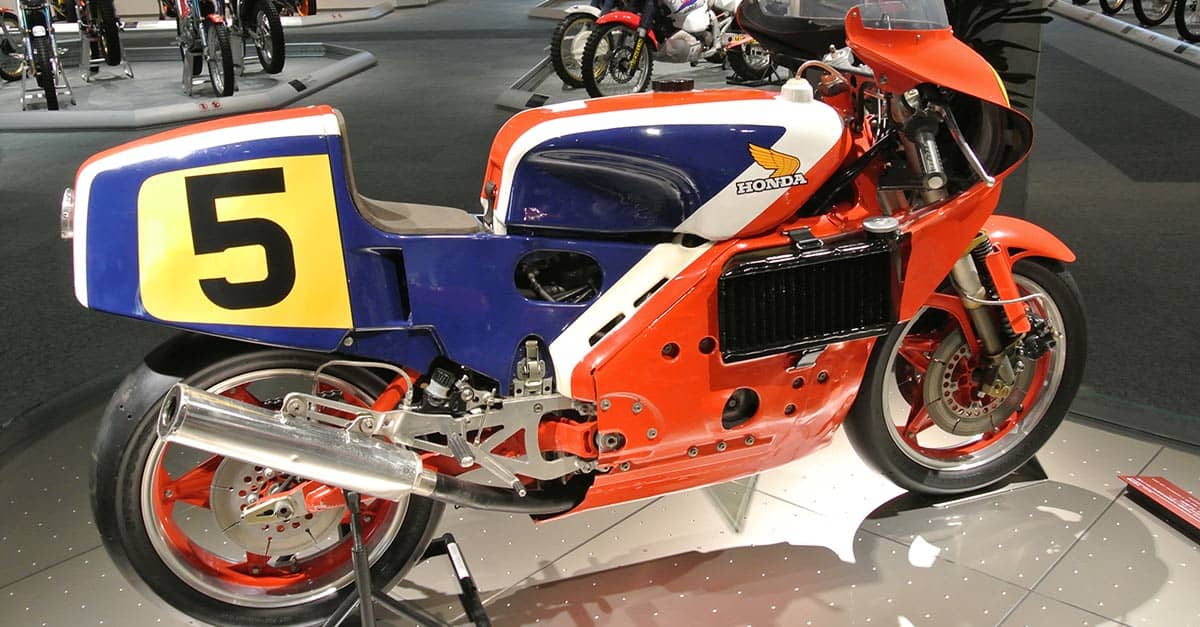
Honda NR500
The Honda NR500 was a racing motorcycle made in 1979 to compete in Grand Prix Motorcycle Race. The bike made its debut at the 1979 British Grand Prix with 2 riders. Neither bike finished the race.
Velocette Venom
The Venom was a 499 cc single-cylinder 4-stroke British motorcycle produced by Velocette at Hall Green in Birmingham. There were a total of 5,721 machines produced between 1955 and 1970. In 1961, a factory-prepared Velocette Venom along with a team of riders set the 24-hour world record at a speed of 100.05 mph at Montlhéry, a racetrack in France. It was the first motorcycle of any size to achieve an average speed of over 100 mph for 24 hours. As of 2008, no other motorcycle of the same capacity has been able to equal this record.
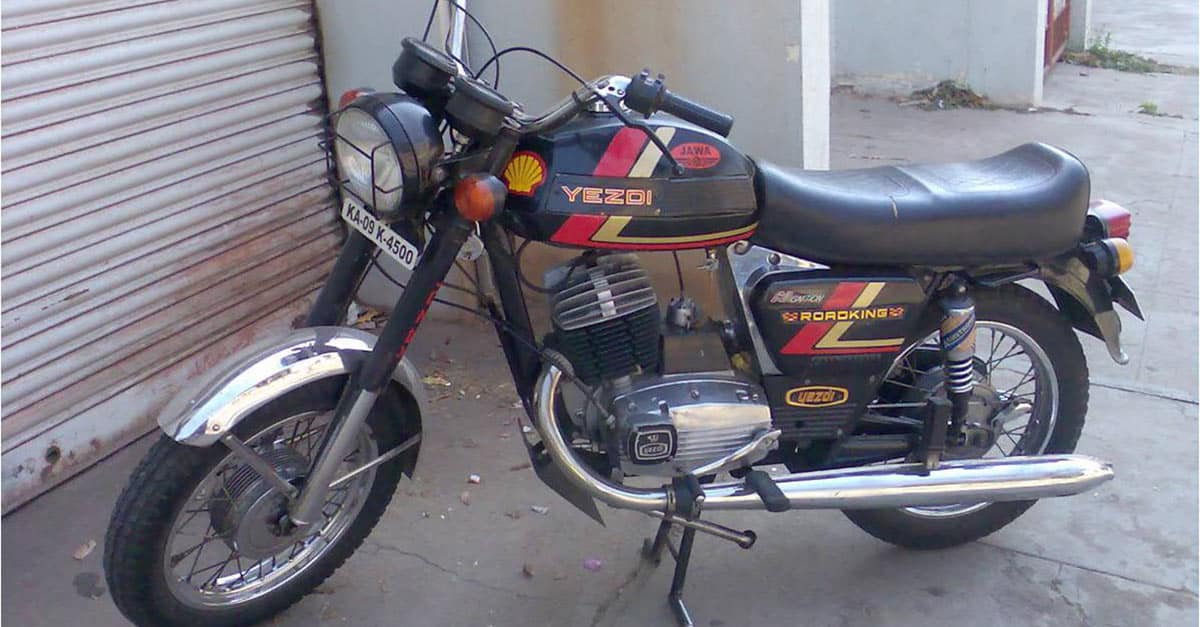
Yezdi Roadking
The Yezdi Roadking was an Indian motorcycle produced from 1978 to 1996 by Ideal Jawa. It was the runner-up in the 1974 Motorcross World Championship. It featured 250 cc engine with dual exhausts and a semi-automatic clutch with the Jawa trademark integrated gear kick-starter.
Suzuki GT750 Water Buffalo
The GT750 was a water-cooled 3-cylinder 2-stroke motorcycle built by Suzuki from 1971 to 1977. It was also the first Japanese motorcycle that has been equipped with a liquid-cooled engine. The prototype Suzuki GT750 was unveiled at the 17th Tokyo Motor Show back in October of 1970 and was launched in Japan in September of 1971 as a sports tourer. The 1971 Suzuki GT750 was also included in the Society of Automotive Engineers of Japan as one of their 240 Landmarks of Japanese Automotive Technology.
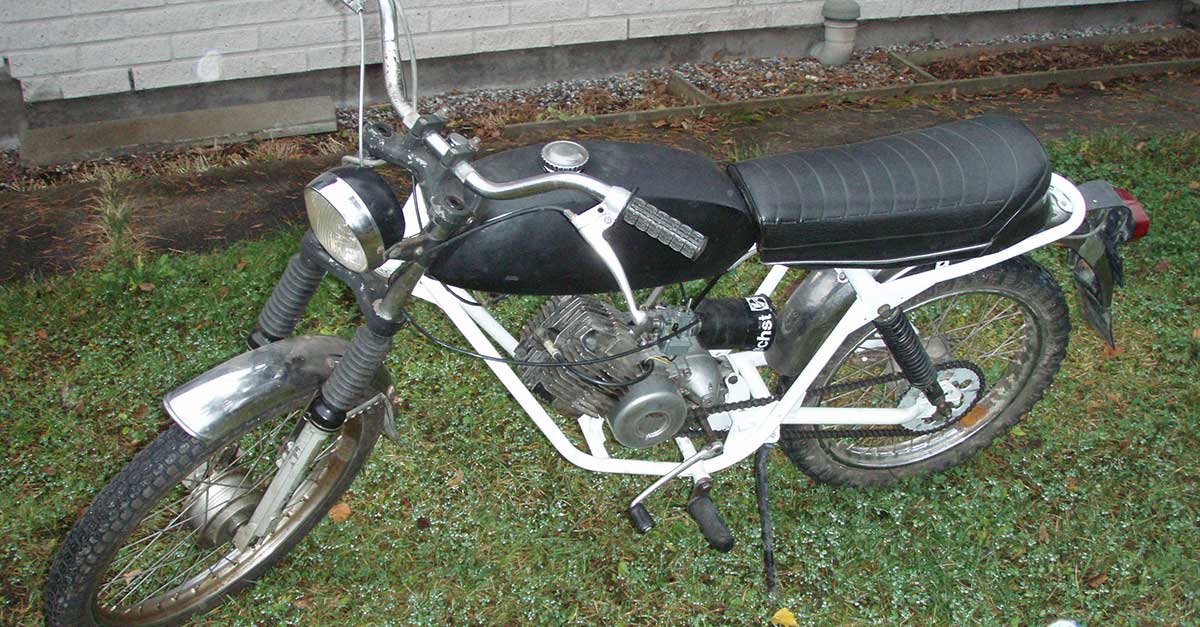
Tunturi Super Sport
The Tunturi Super Sport was produced from 1977 to 1987. Tunturi is a Finnish manufacturer of motorcycles, bicycles, and fitness equipment.
Royal Enfield 750 Interceptor
The Interceptor was a British motorcycle made by Royal Enfield between 1960 and 1970. The Interceptor introduced in 1960 was a modifier of its Constellation model which had an engine displacement of 692 cc. In 1962, the company introduced the 750 Interceptor evolved constantly until it reached the end of its production run in 1970. The company introduced their all-new 736 cc twin cylinder engine in 1962 on the 750 Interceptor requiring them to beef up their engine cases to withstand the increased torque.
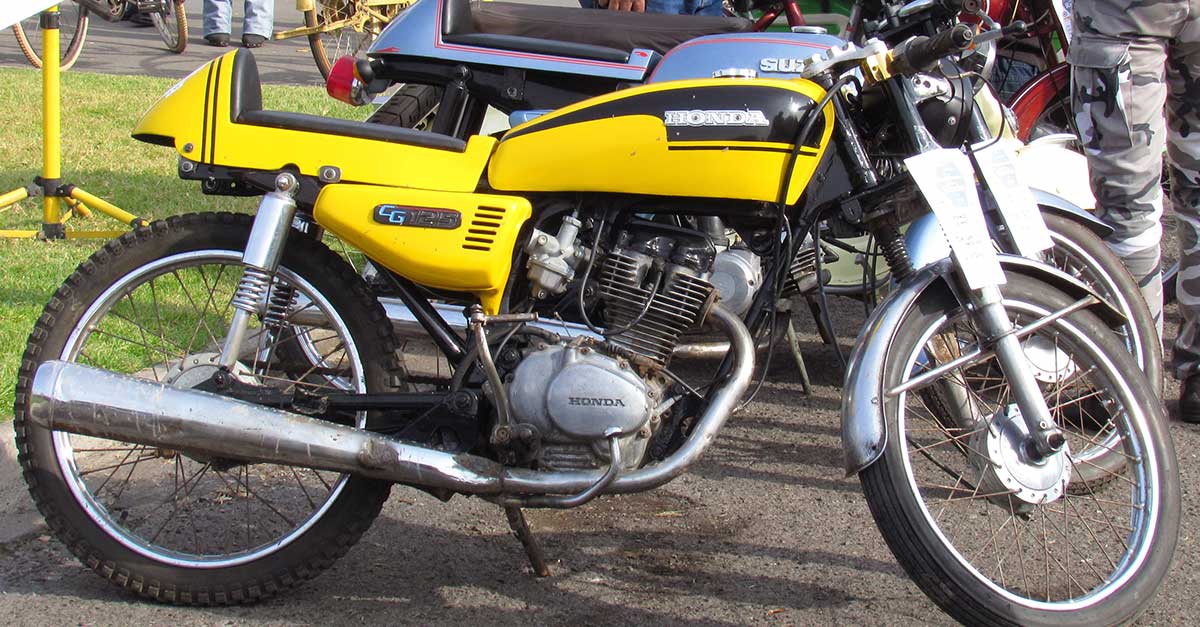
Honda CG125
The Honda CG125 was produced in Japan, Brazil, and Turkey from 1976 to 2008. Its top speed is 65 mph. This bike has been called the “Spam of biking”. It is not flashy, but it is reliable.
Yamaha RD350
The RD350 is a 2-stroke motorcycle manufactured from 1973 to 1975 by the Yamaha Motor Company. It evolved directly from the piston port, front drum-braked, five-speed Yamaha 350 cc “R5”. It sported an air-cooled, parallel twin, 6-speed transmission, reed valve-equipped intake tract 2-stroke engine and was usually referred to as a sports bike. All models were equipped with automatic oil injection which they called “Autolube”, eliminating the need to mix gasoline and two-stroke oil. It then evolved into the more refined and cleaner running RD400C in 1976, then to the “D” and “E” variant in 1977 – 1978 and finally into the white RD400F in 1979.
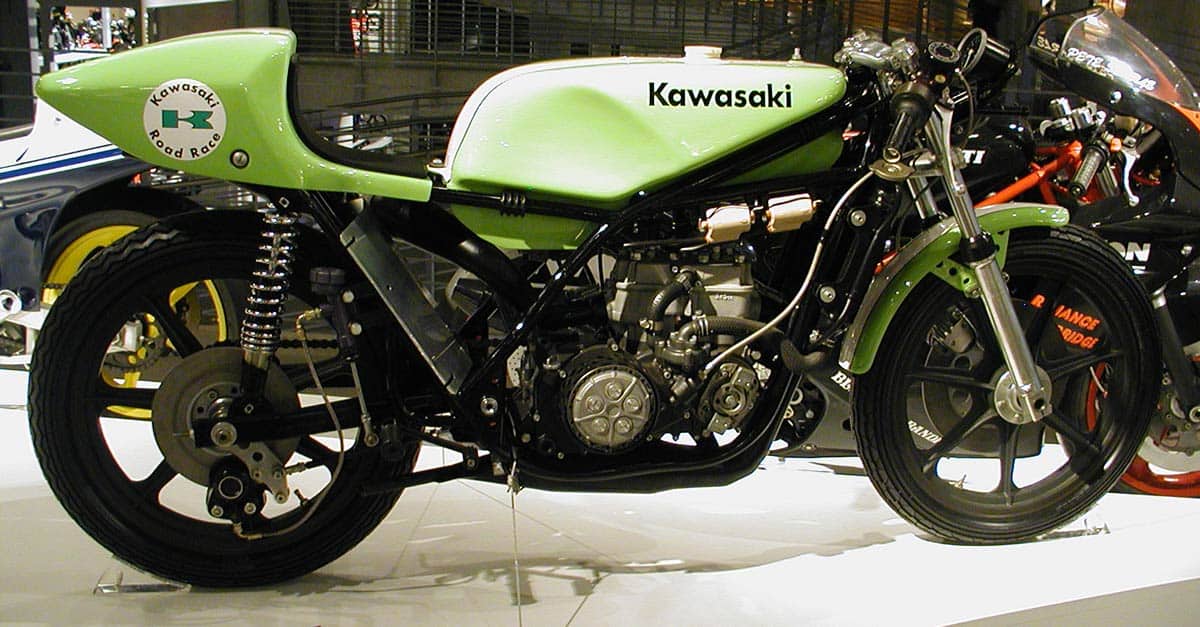
Kawasaki KR250
The Kawasaki KR250 was produced from 1975 to 1982 for the 250 cc class of the Grand Prix Motorcycle racing. The bike won 4 world championships in 1978, 1979, 1980, and 1981.
Yamaha SR500
The Yamaha SR500 is a single-cylinder, air-cooled, two-passenger motorcycle manufactured in Japan by the Yamaha Motor Company as a street version of the Yamaha XT500 and was produced between 1978 – 2000. The SR500 was marketed in Asia and Oceania from 1978 – 1999, North America from 1978 – 1981; and in Europe from 1978 – 1983. It was not marketed in the Japanese market. The SR was originally developed under the design credo “easy to use”. By the end of 1981, the SR500 was discontinued in the US market, while continuing in Europe and Japan. The model ended its production run in 1999.
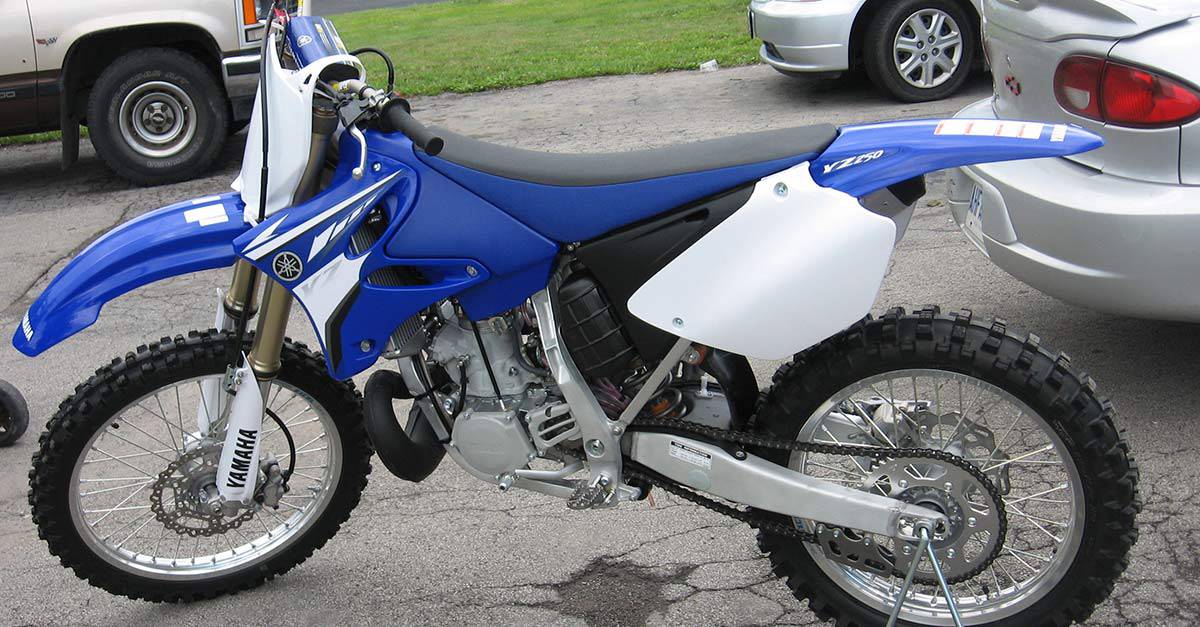
Yamaha YZ250
The Yamaha YZ 250 debuted in 1974 and is still being produced today. It holds numerous championships over the years like 5 AMA National Motocross and 9 AMA National Supercross titles. At a current asking price between $10k and 12k, the YZ250 is on the “most desirable” list for many bike collectors.
BMW R69S
The R69S, R69US, and R69 are motorcycles manufactured by BMW in Munich, Germany and were fitted with 594 cc boxer twin engines. From 1955 to 1969, 15,347 of these 594 cc shaft-drive, opposed twin motorcycles were built. They were designed as relatively high powered, high compression sports bikes. The R69US versions, with telescopic forks, were used later on the BMW R5 series motorcycles. They were introduced in the US market for the 1968 model year and then continued on until 1969.
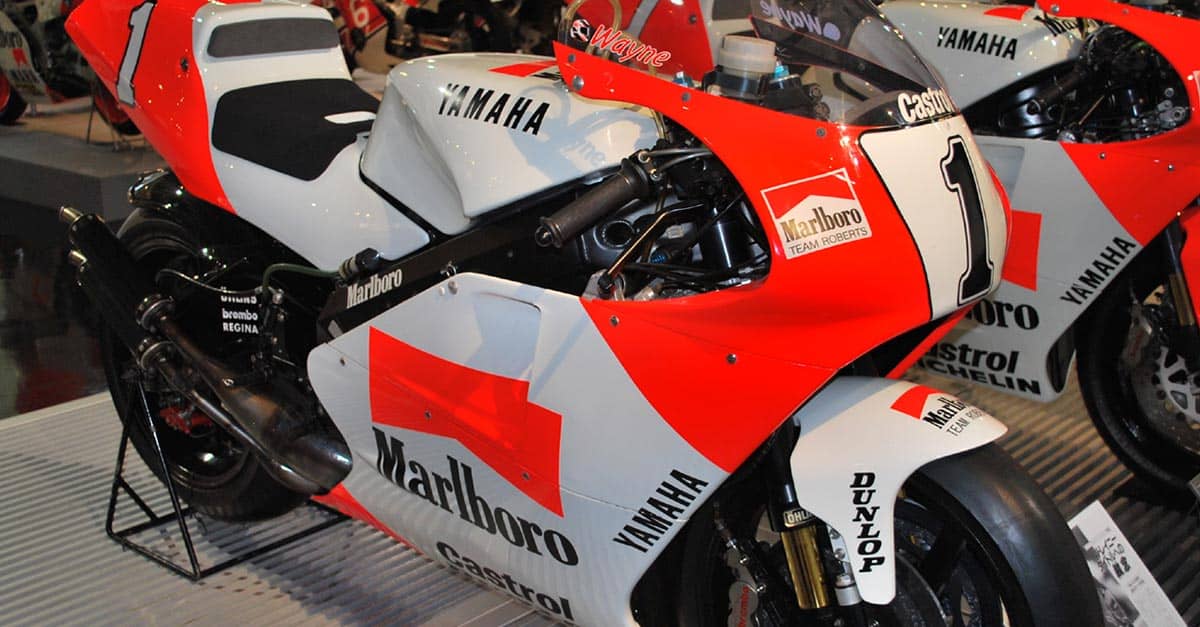
Yamaha YZR500
The Yamaha YZR500 represented the Yamaha Motor Corporation in the 500cc Grand Prix from 1973 and 2002. Phillip McCallen won the Macau Grand Prix in 1996 with this bike. The bike placed 1st and 2nd in Grand Prix’s throughout the 70s.
Yamaha XS650
The XS650 was a mid-size motorcycle manufactured by the Yamaha Motor Company. Its standard model was introduced in 1968 and produced through 1979. While the “Special” cruiser model was introduced in 1978 and production ran through 1985. The XS650 began with the 1955 Hosk single overhead cam 500 twin. After 10 years of production of the 500 twin, Hosk engineers designed a 650 cc twin. Later, the company was acquired by the Showa Corporation, which was later acquired by Yamaha with Hosk’s early designs of 650 cc twin. It was produced until 1985 with the last model year being 1983 in the US, with Canada, Europe, and other markets continuing into 1984 and 1985.
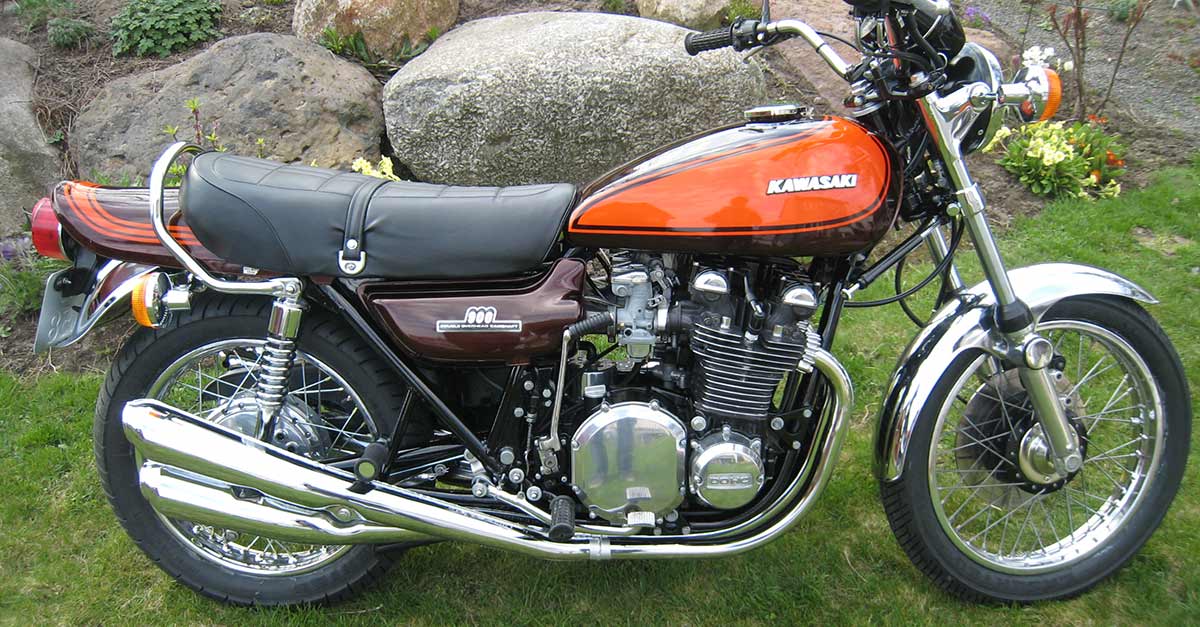
Kawasaki Z1
The Kawasaki Z1 was introduced in 1972 following the debut of Honda’s CB750. It set the standard for bikes also known as the Universal Japanese Motorcycle. The Z1 took the title of being the first large-capacity Japanese 4-cylinder motorcycle to feature a double-overhead-camshaft system on a production bike.
1970 Triumph Bonneville
The Bonneville is a standard motorcycle featuring a parallel-twin 4-stroke engine configuration and manufactured in three generations over three separate production runs. The name Bonneville was derived from the famous Bonneville Salt Flats, Utah, the USA where Triumph along with other manufacturers attempted to break the motorcycle speed records. The original Bonneville was a 650 cc parallel-twin engine motorcycle built by Triumph Engineering and later by Norton Villiers Triumph from 1959 through 1974.
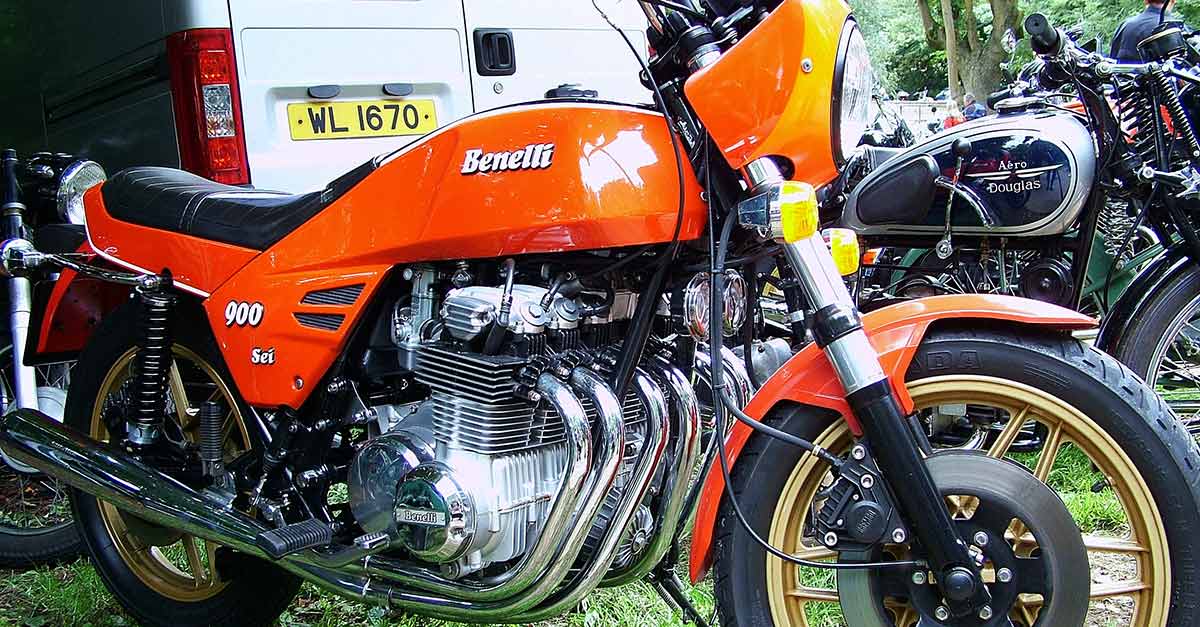
Benelli 900 Sei
The Benelli 750 Sei was designed by Alejandro de Tomaso and went into production from 1972 to 1978. Its top speed is 120 mph. This bike gained huge publicity upon launch overshadowing other Italian made bikes. The Benelli Sei started the trend of angular designed bikes moving from round forms.
Suzuki GS750
The GS series was Suzuki Motor Corporation’s first full range of 4-stroke powered road bikes, having previously almost exclusively built 2-stroke machines. Suzuki had produced the 4-stroke Colleda COX 125 cc and 93 cc 4-stroke single-cylinder motorcycles in 1955. However, the rest of Suzuki’s production from 1952 to 1976 were increasingly sophisticated two-strokes, whose ultimate expression was the 750 cc 3-cylinder water-cooled GT750. The first of Suzuki’s GS series was the 4-cylinder GS750 which debuted alongside the GS400 parallel twin in November of 1976.
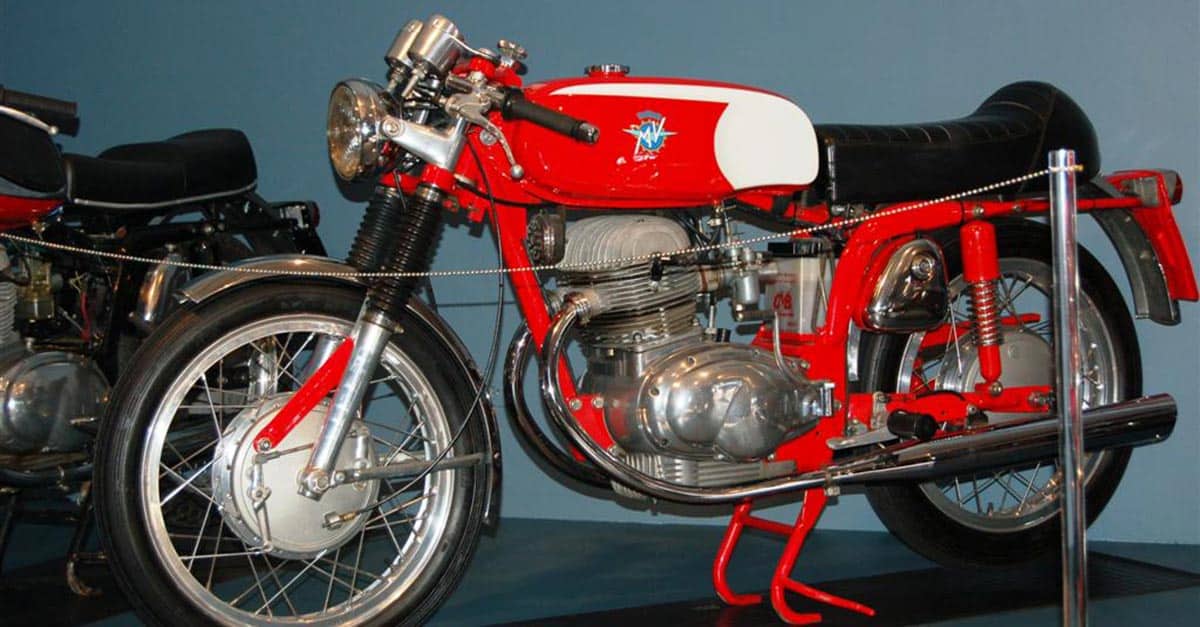
MV Agusta 350B Sport
The MV Agusta 350 B Sport is a motorcycle that debuted at the 1969 Milan Motorcycle show and was sold from 1970-1974. Its top speed is 96 mph. This bike featured amazing acceleration with a sporty cool look.
Suzuki RE-5
The RE5 was a motorcycle with a liquid-cooled single-rotor Wankel engine, built by Suzuki from 1974 through 1976. Apart from its unique engine design, the RE5 is otherwise a conventional roadster. Compared to conventional piston engines, rotary engines are smooth, lightweight and compact, capable of producing high power outputs from relatively small engine displacements. Although these attributes are highly beneficial to motorcycles, Wankel-engined based bikes remain something of a rarity, even though the rotary engine design had once been thought to be the future of motorcycling. The Suzuki RE5 was one of only a handful of Wankel engined motorcycles ever built.
Moto Guzzi V7 Sport
The V7 Sport is a sports bike first manufactured in 1971 by Italian motorcycle company Moto Guzzi. It was based on the V7 roadster, but with a newly designed frame with clip-on handlebars. The V7 Sport was the first ever Moto Guzzi café racer. It was lighter than the standard model, with superb handling and also proved popular with enthusiasts. The Motto Guzzi V7 Sport formed the basis for subsequent models which ultimately led to the very successful Le Mans model. In 2008, they introduced the “V7 Special”, a detuned retro-styled roadster loosely based on the V7 Sport.
Hodaka Super Combat Wombat
Hodaka was a joint venture between a Japanese and an American company that manufactured motorcycles from 1964 to 1978. Around 150,000 units were produced within that period. Prior to 1964, Hodaka made engines for the Yamaguchi motorcycle brand. The worldwide distributor of Hodaka motorcycles was the Pacific Basin Trading Company or PABATCO whose headquarters was located in the rural town of Athena, Oregon, USA. For a while, PABATCO was owned by the Shell Oil Company from 1965 to 1978. The name Hodaka comes from a mountain near the factory and means “To grow taller”.
Moto Morini 3½
Moto Morini is an Italian motorcycle manufacturer founded by Alfonso Morini in Bologna, in 1937. Morini had also manufactured motorcycles together with Mario Mazzetti under the name MM. In the 1970’s, Morini unveiled their first V-twin engined motorcycles, designed by Franco Lambertini, and built by Franco and Gino Marchesini. Dubbed the Morini 3½, it still has a loyal following and a number of spare parts are available from specialist firms. Standard equipment was of high-spec and when released, the Morini 3½ was around the same price as a Honda CB750.
Kawasaki H2 750
The H2 Mach IV was a 750 cc 3-cylinder 2-stroke production bike built by Kawasaki. It was a Kawasaki triple sold from September 1971 through 1975. A factory produced H2 was able to run a quarter mile from a standing start in 12 seconds and it handled better than the Mach III that preceded it. In September of 1971, the H2 was a direct result of the success of the 500 cc Kawasaki H1 Mach III that was introduced in 1969. Unlike the H1, the 750 had much lower engine speed torque, with a strong burst of power starting at 3,500 rpm and redlines 7,500 rpm.

